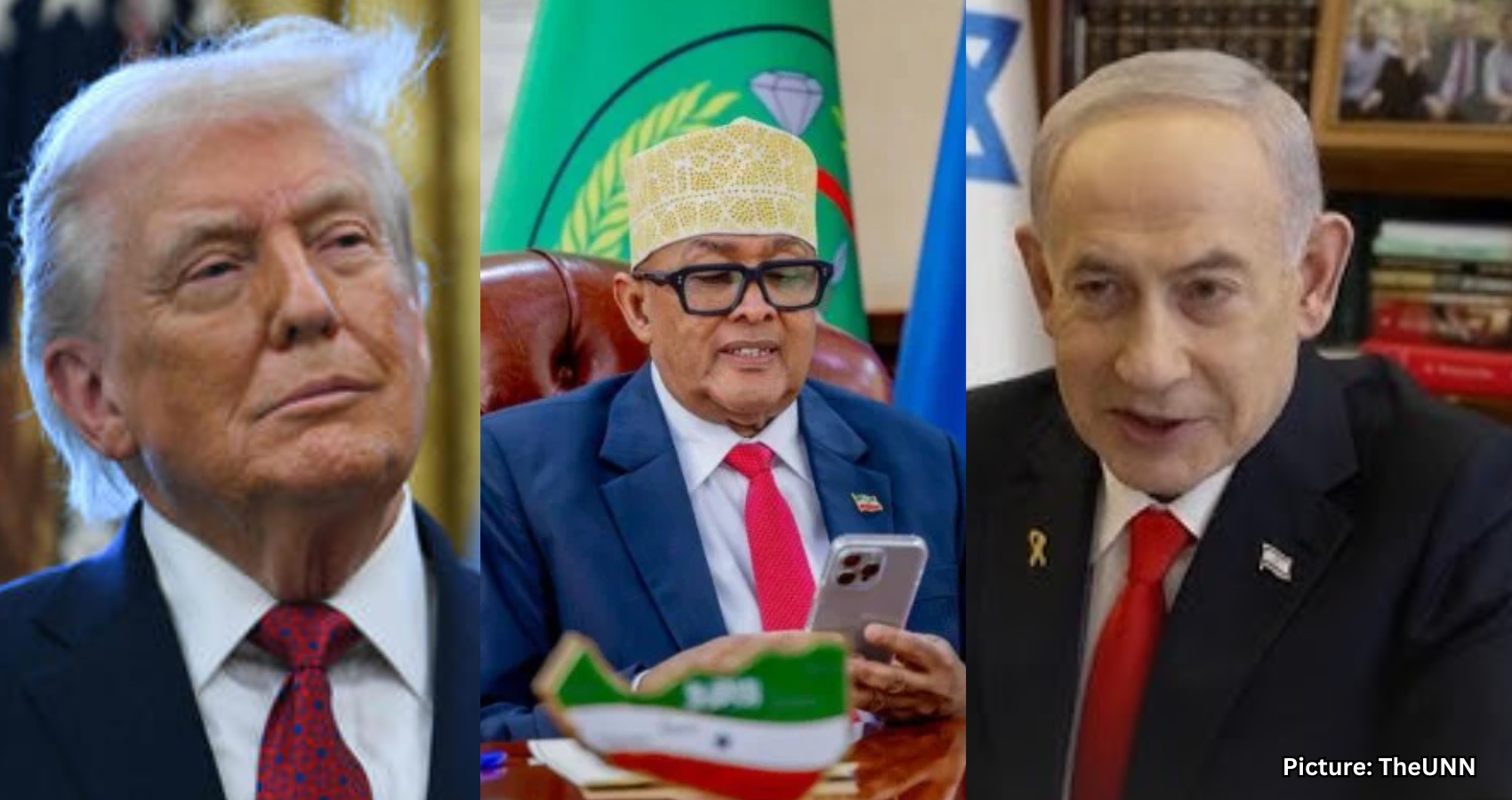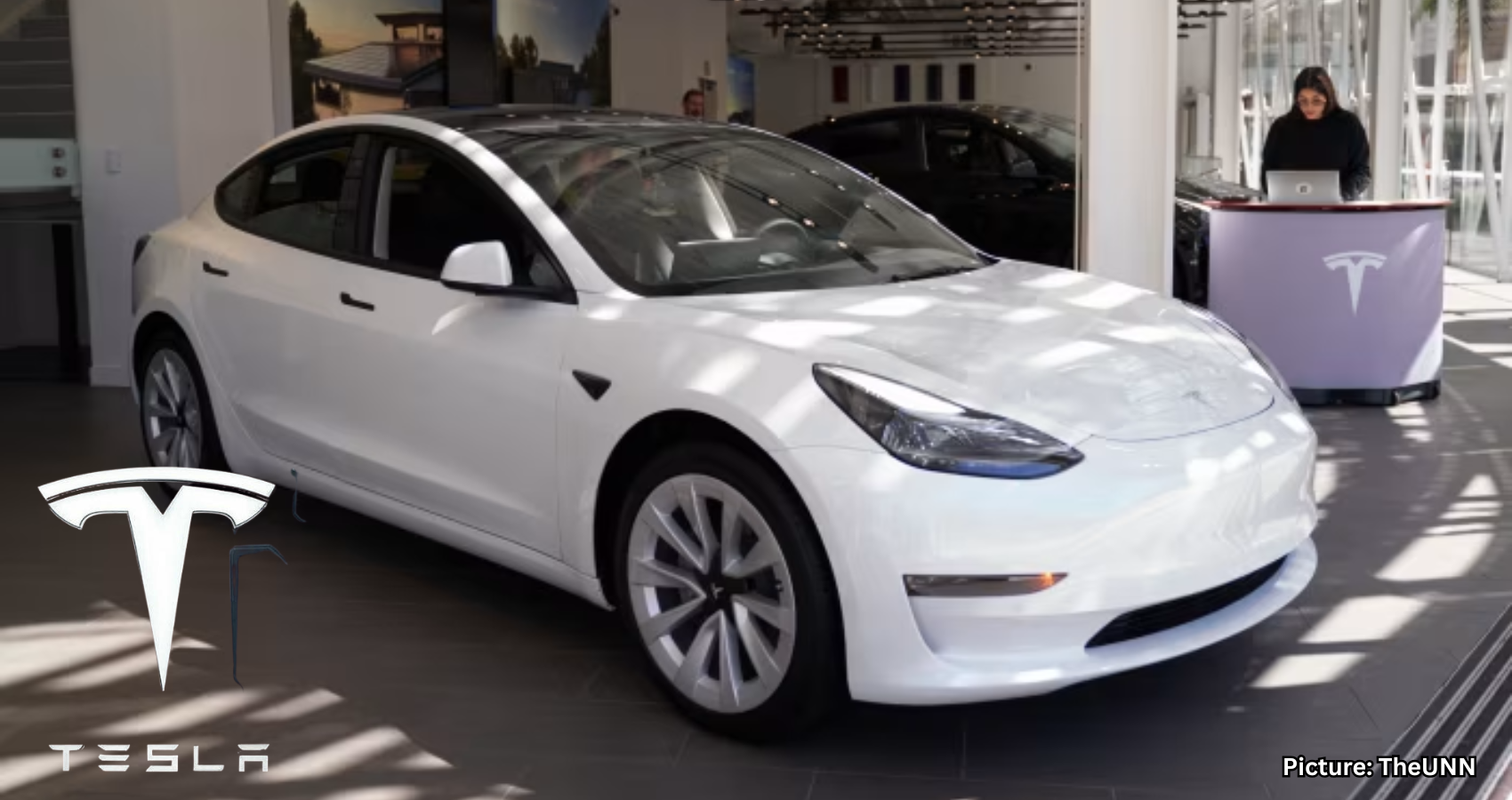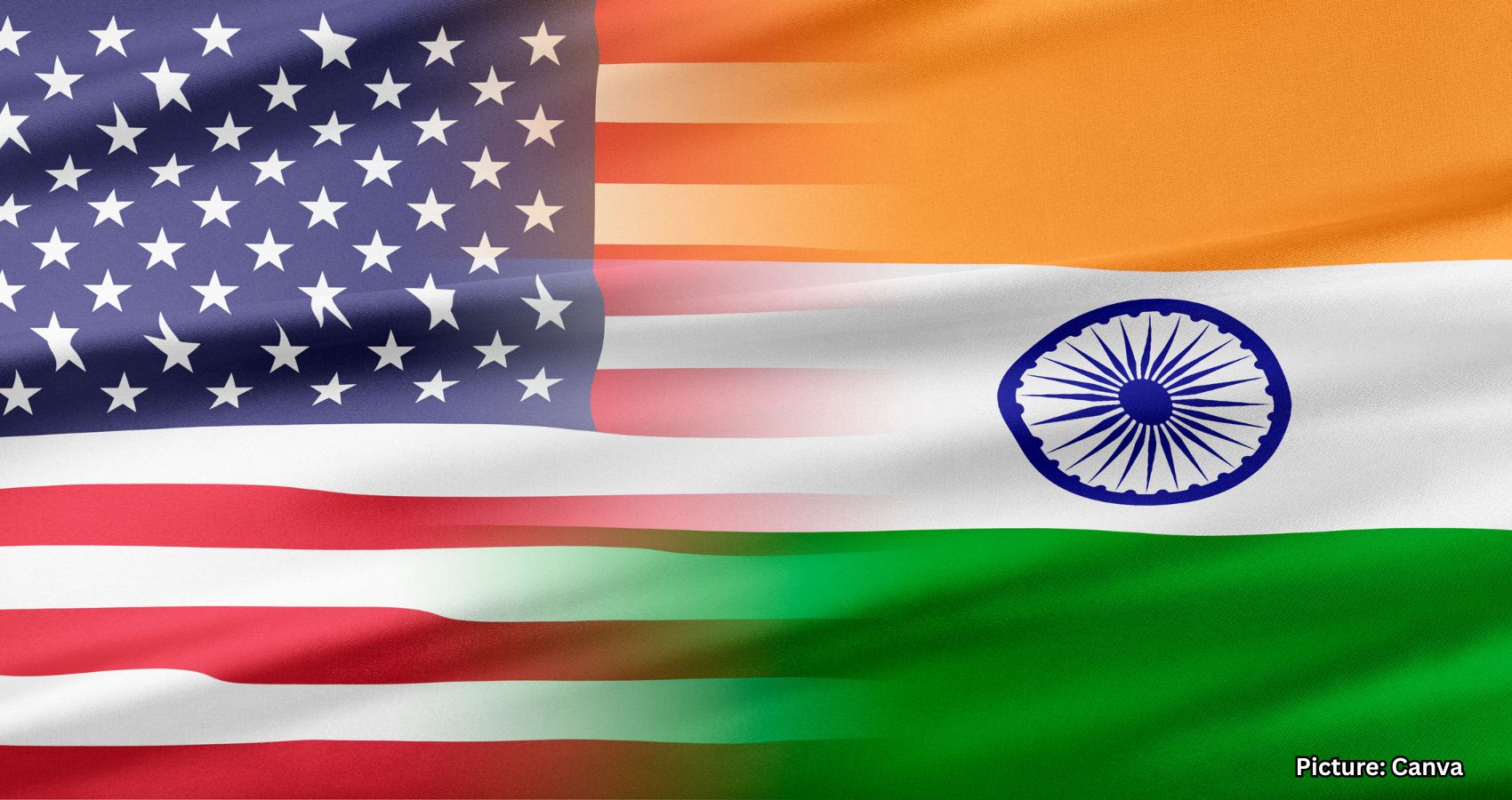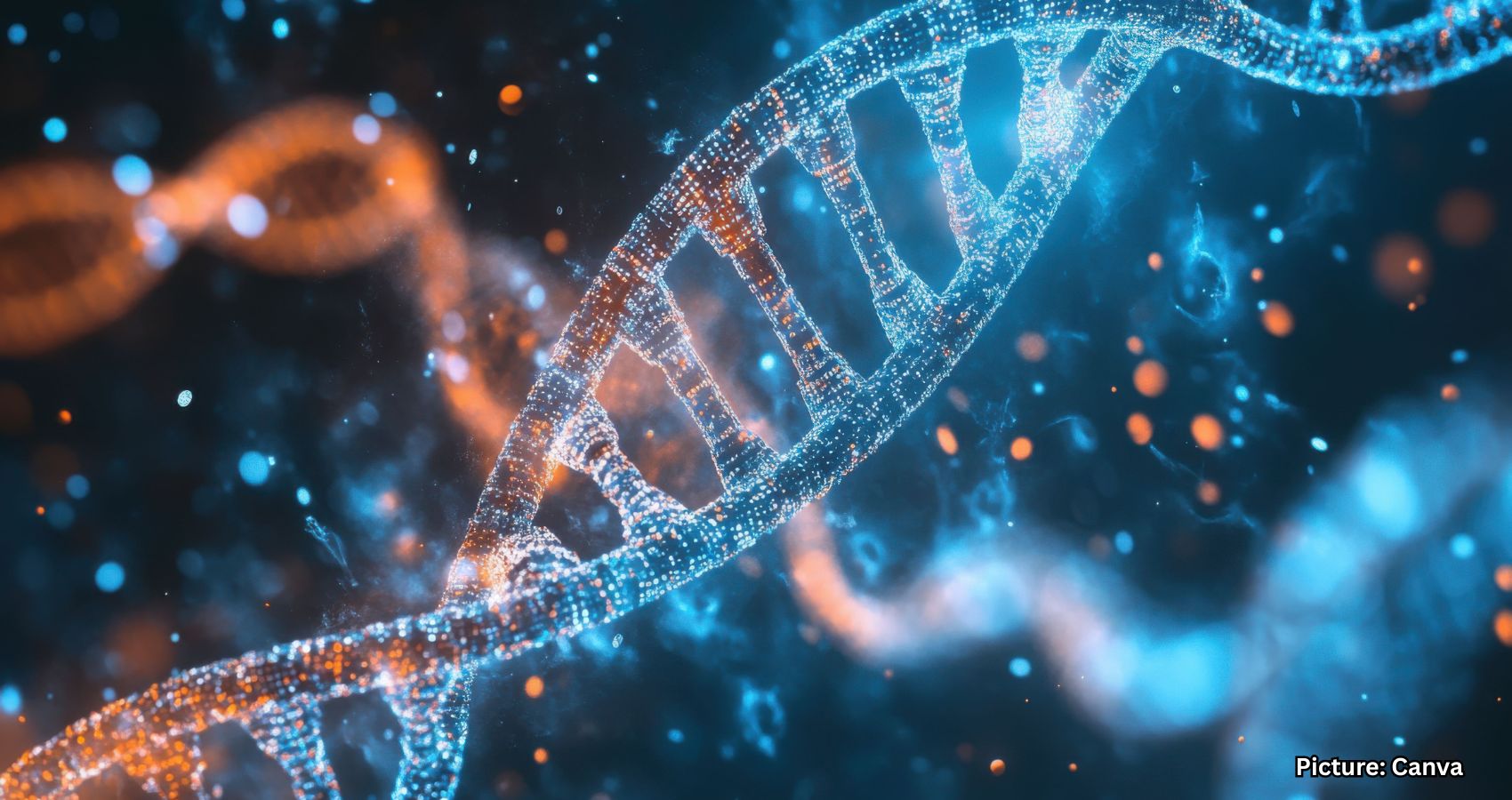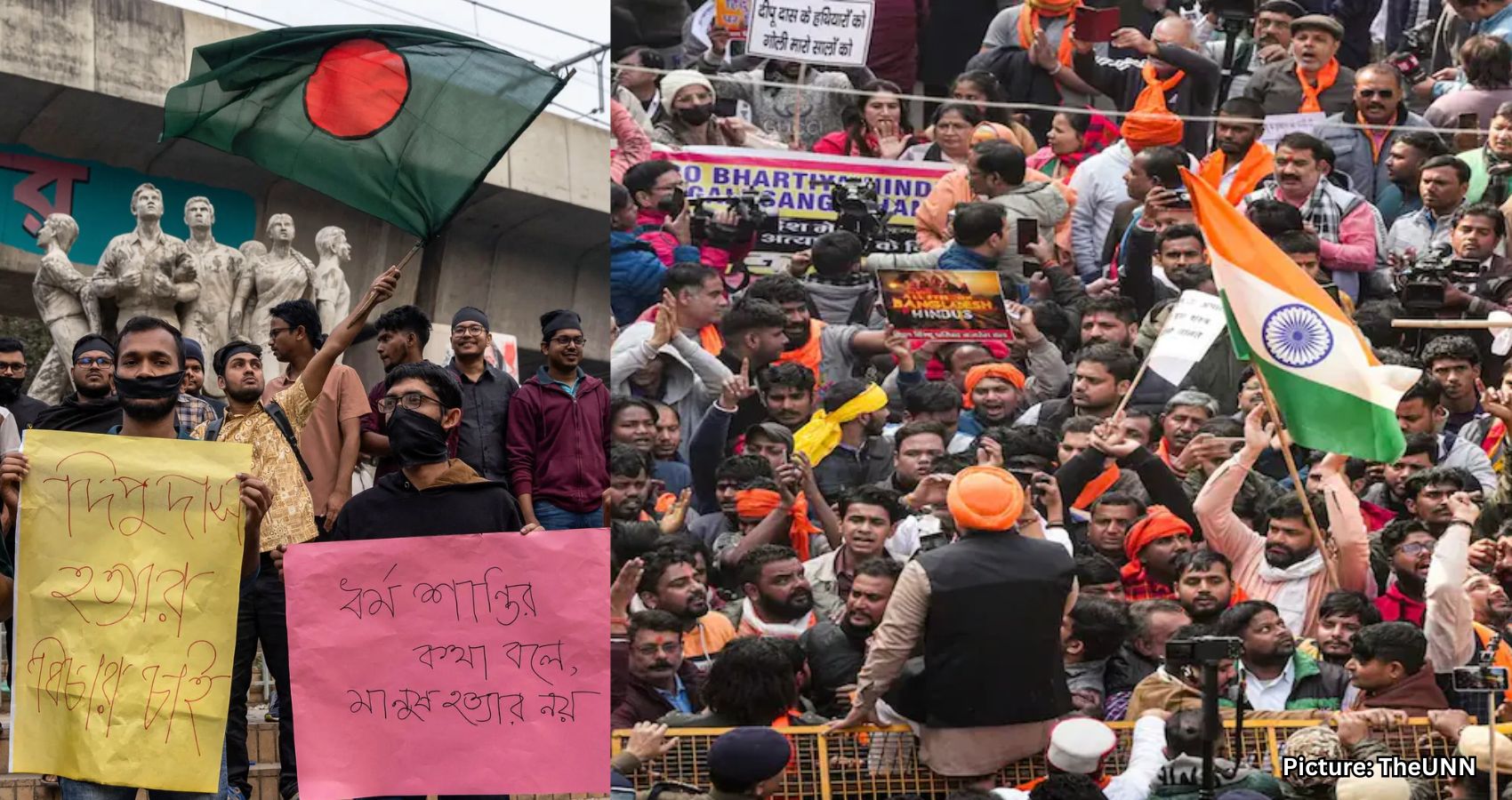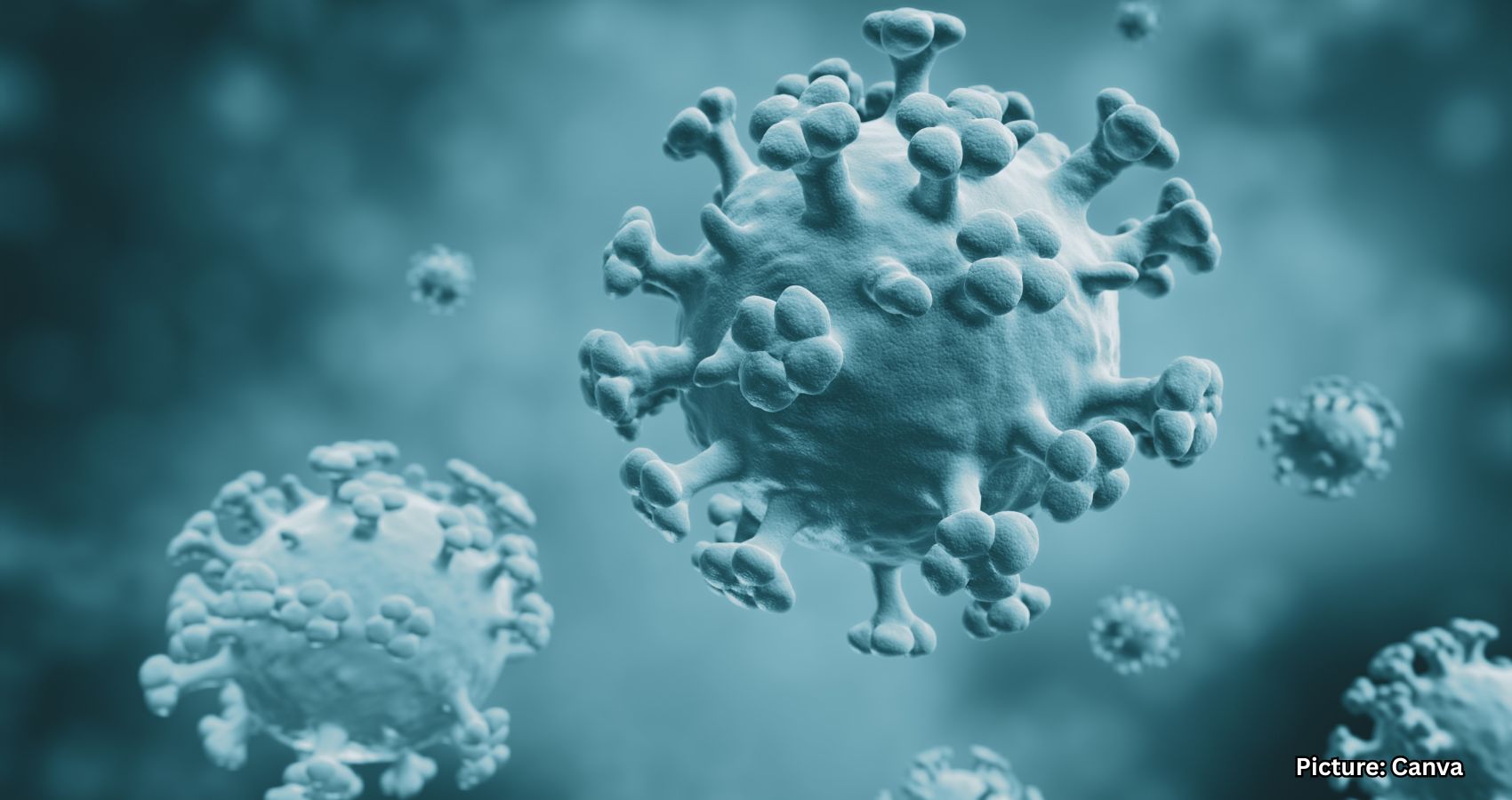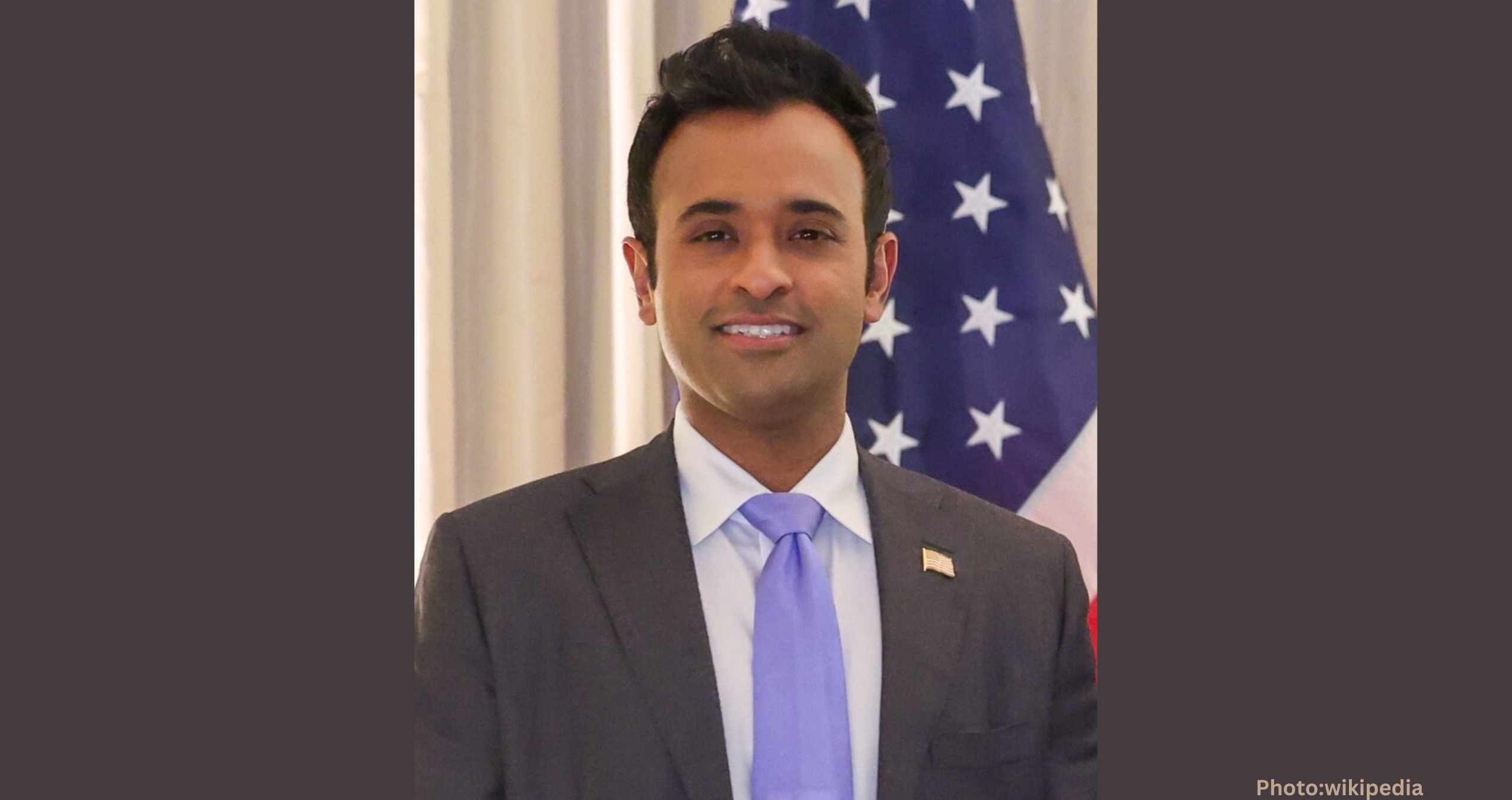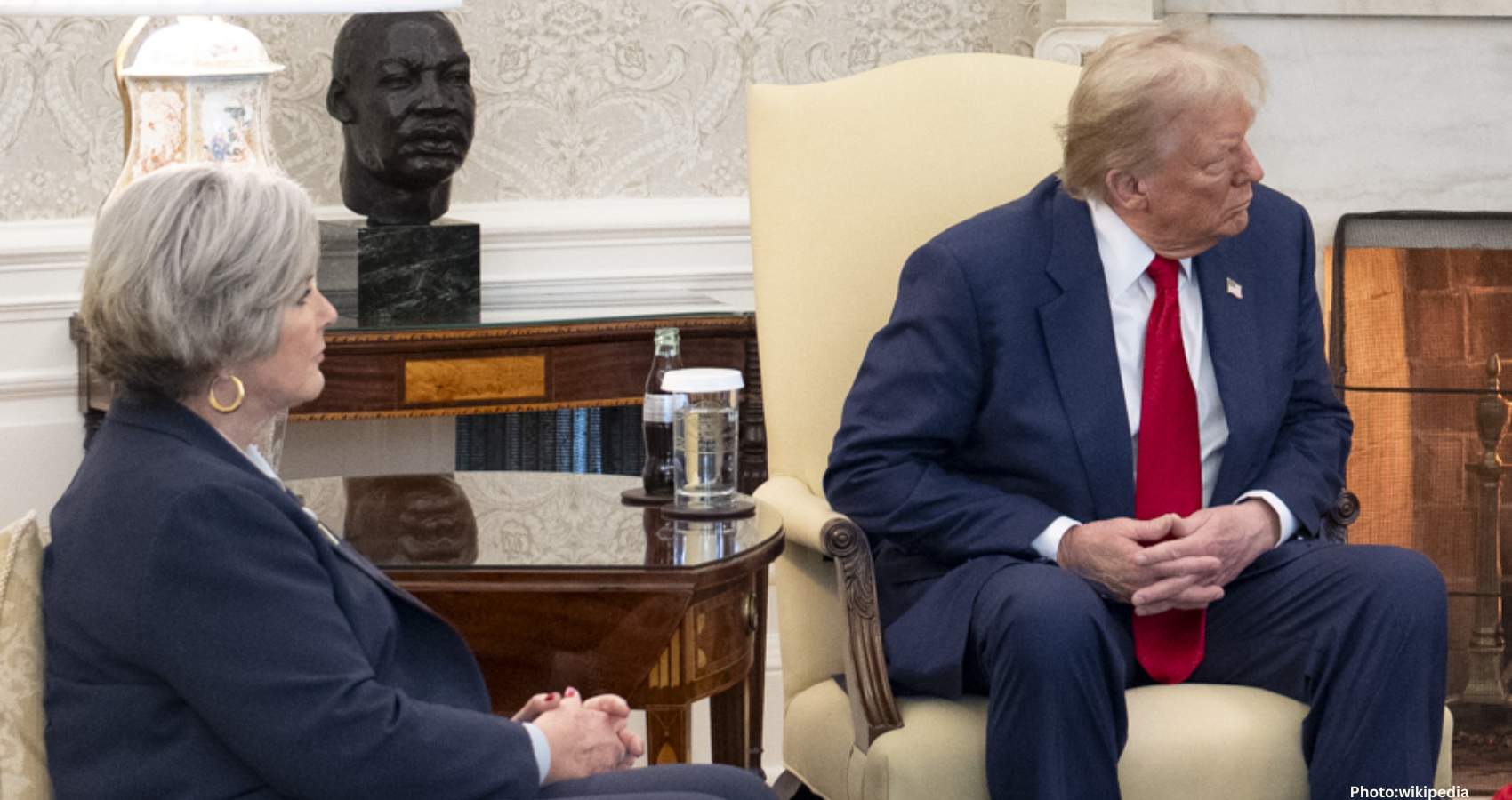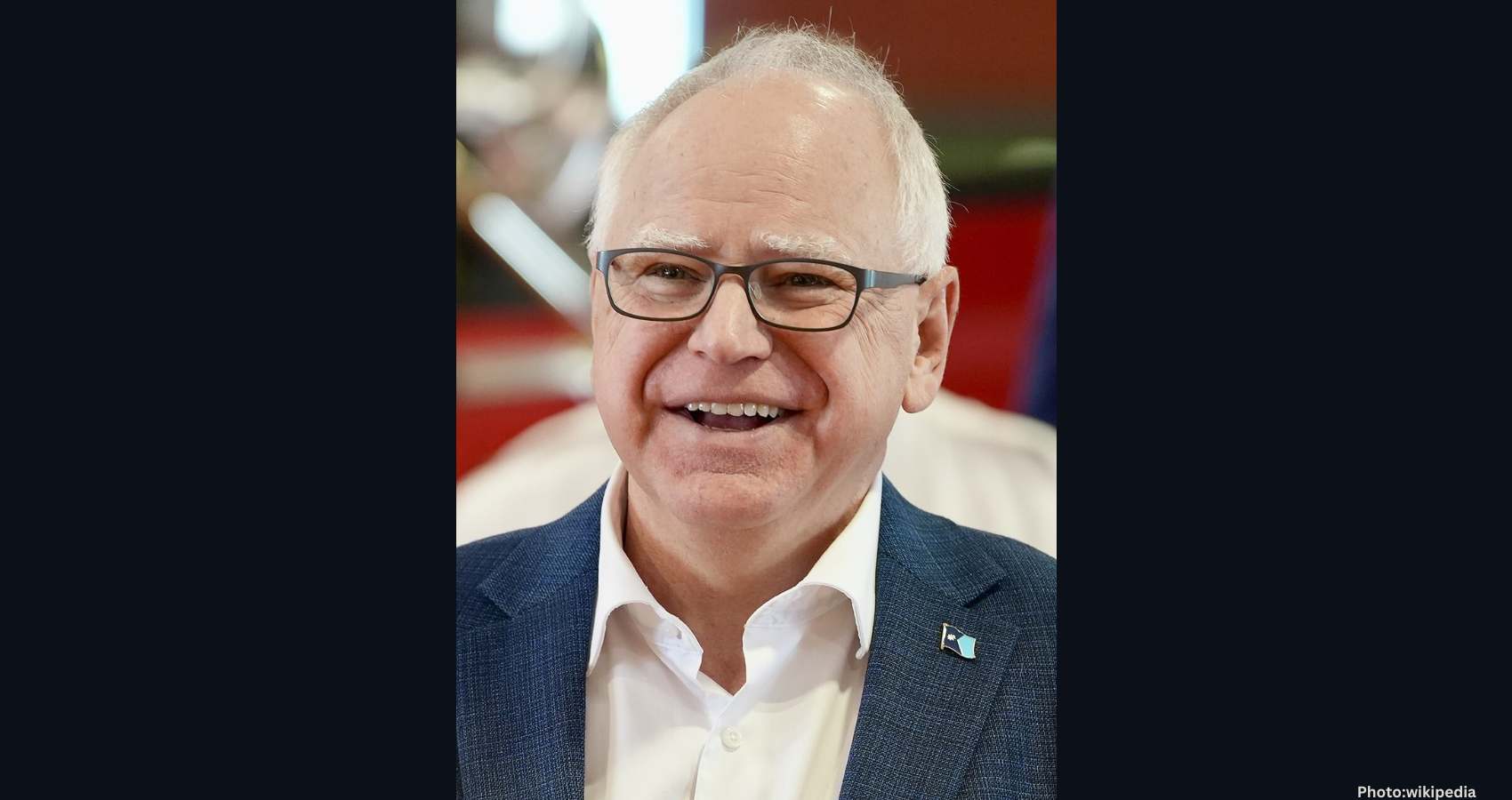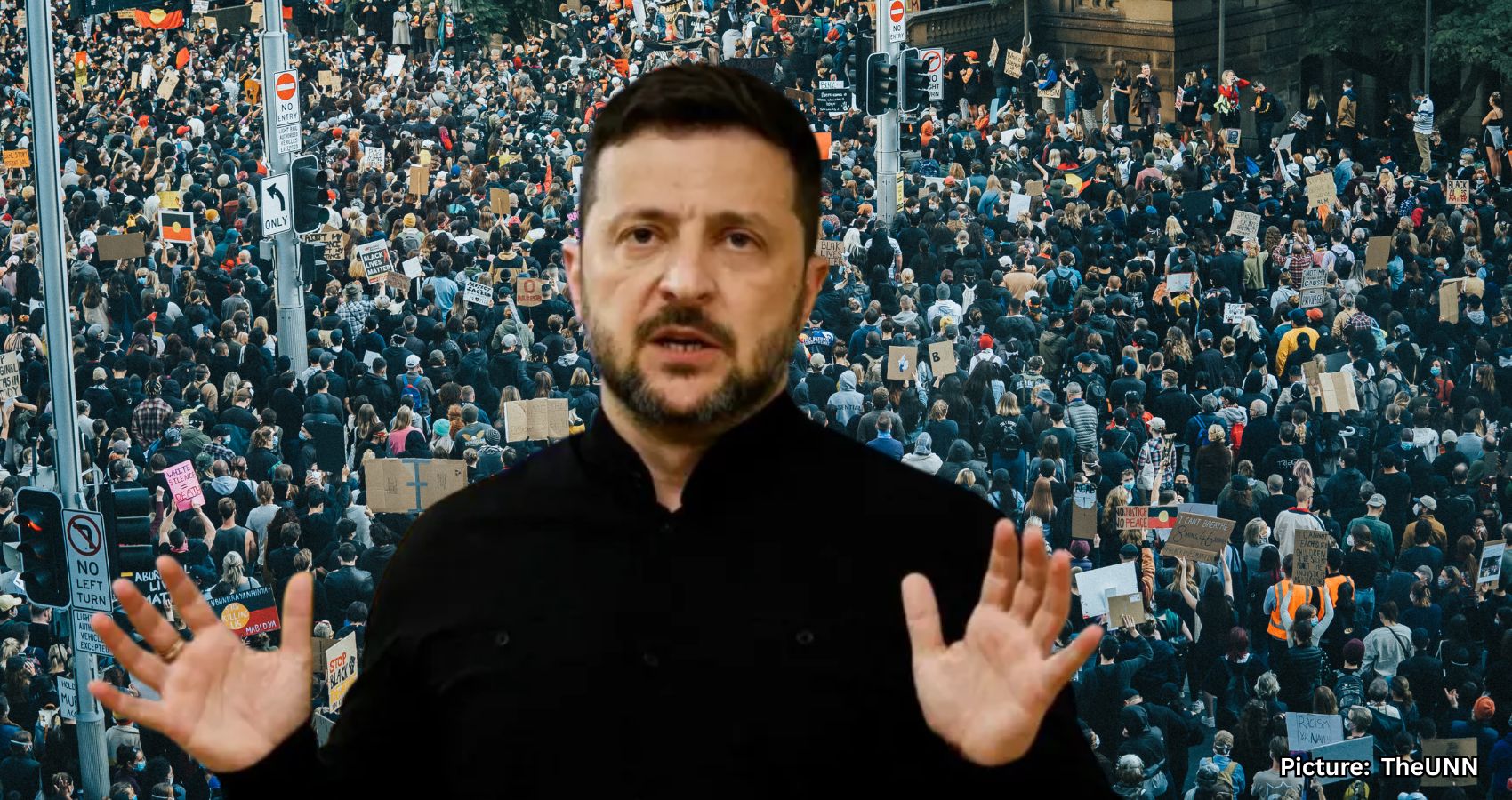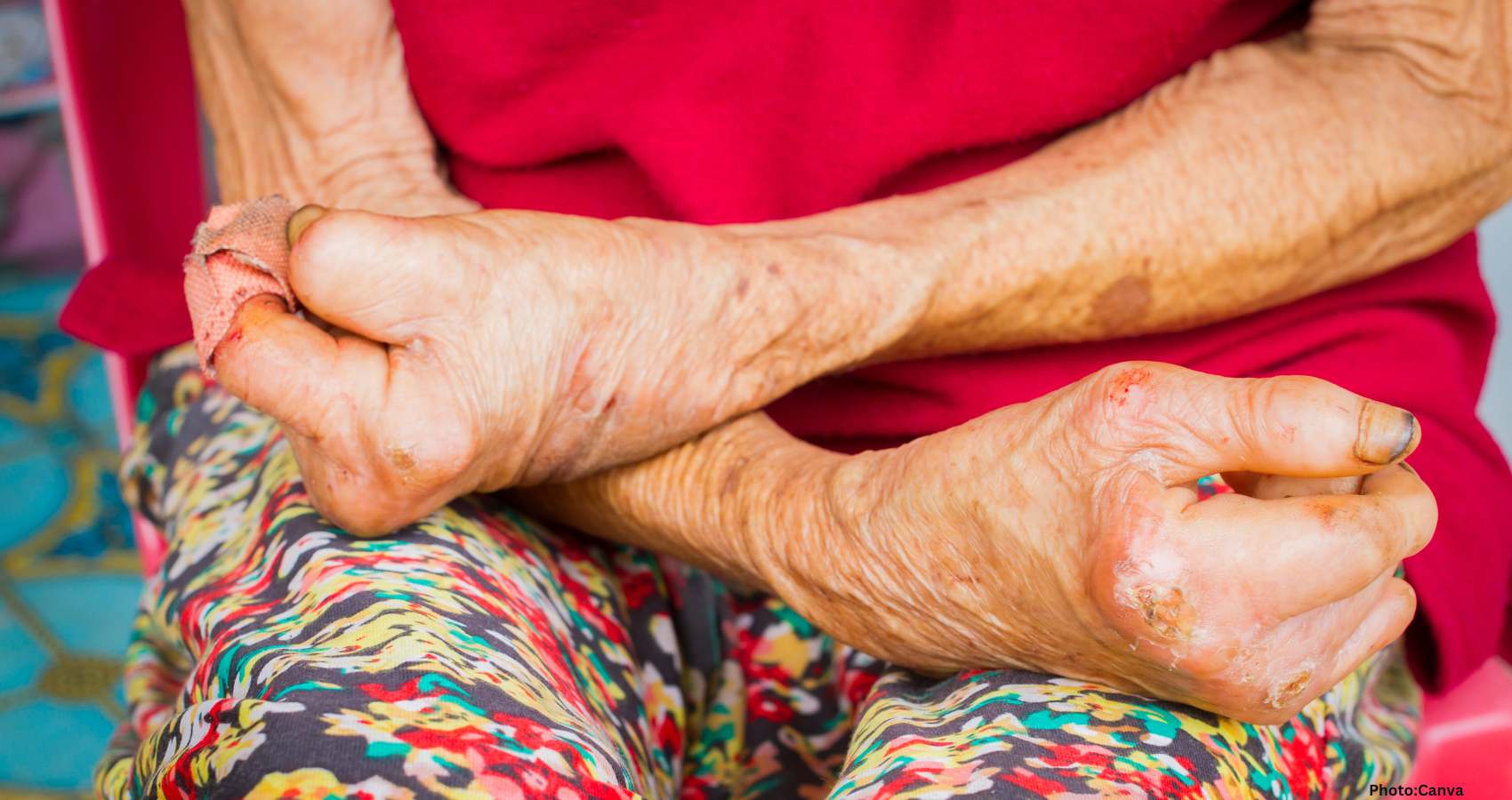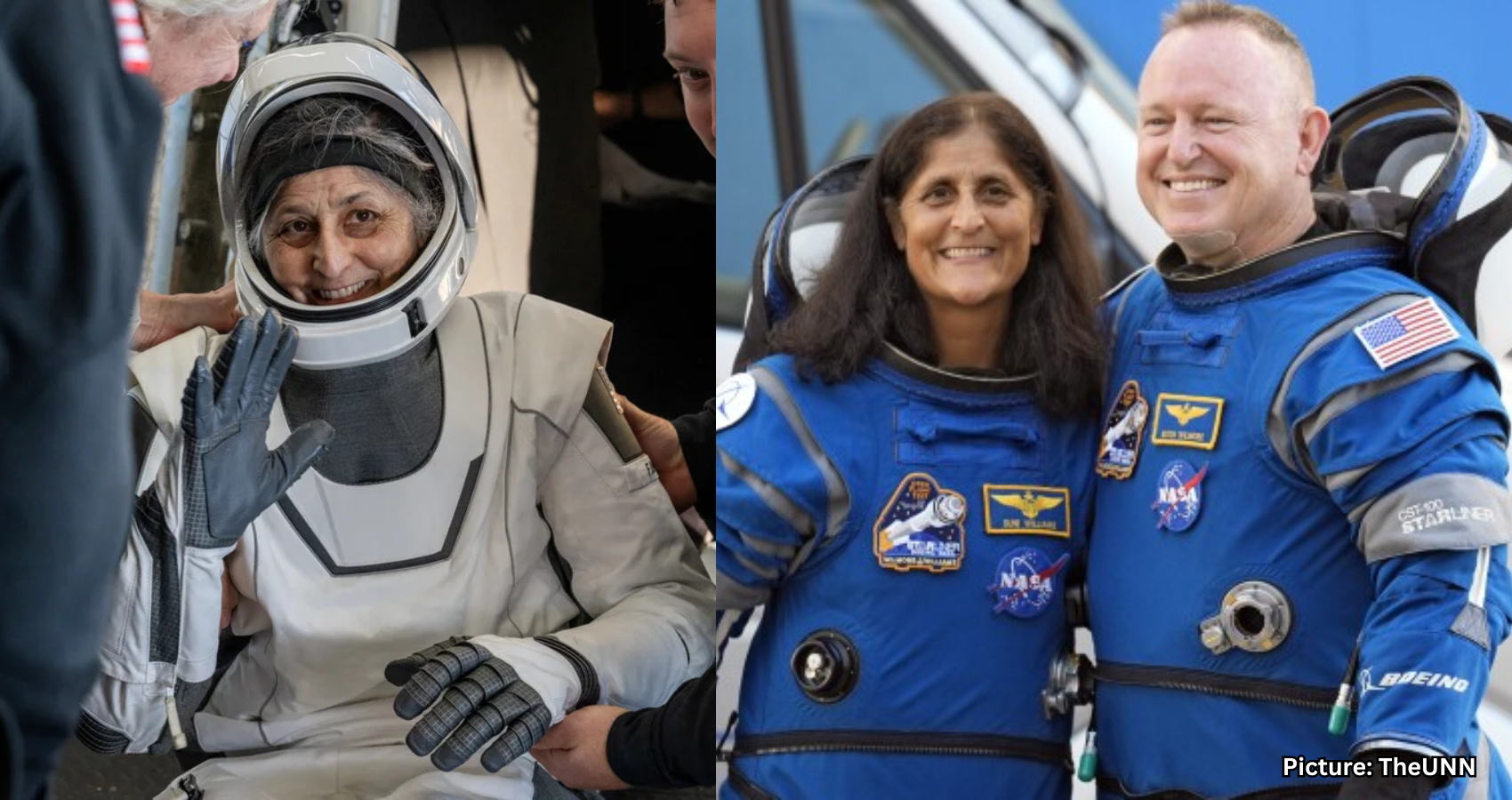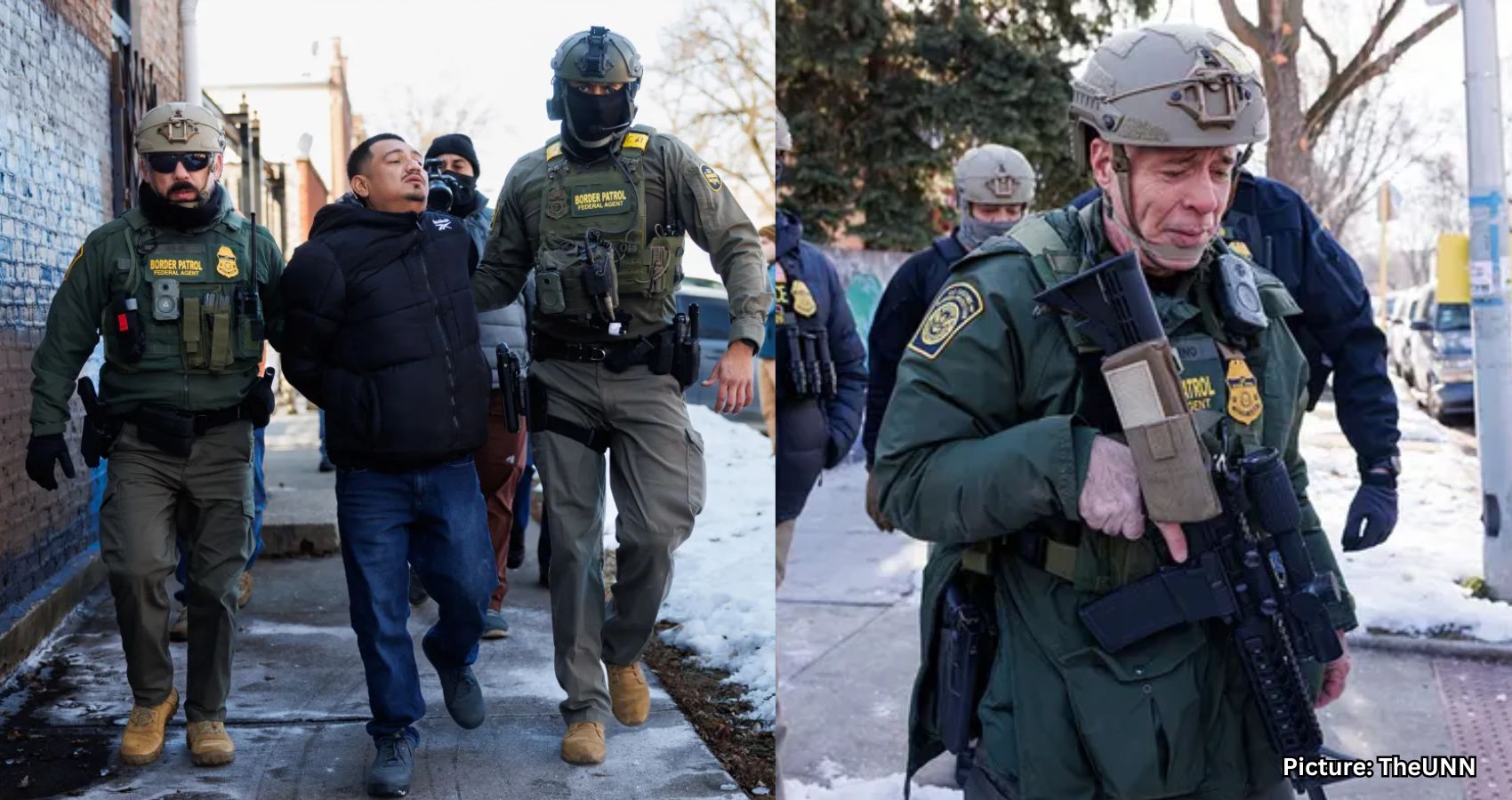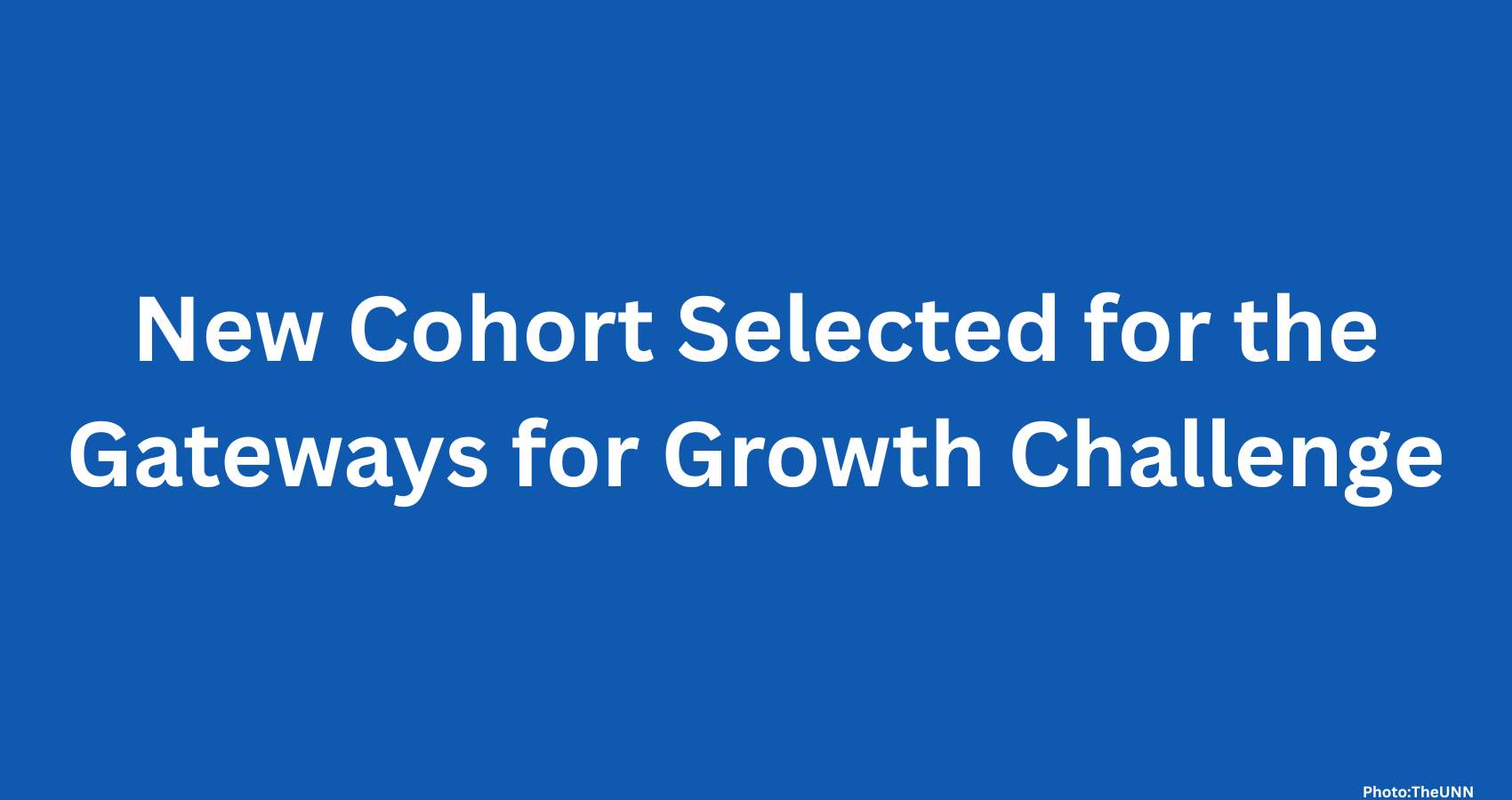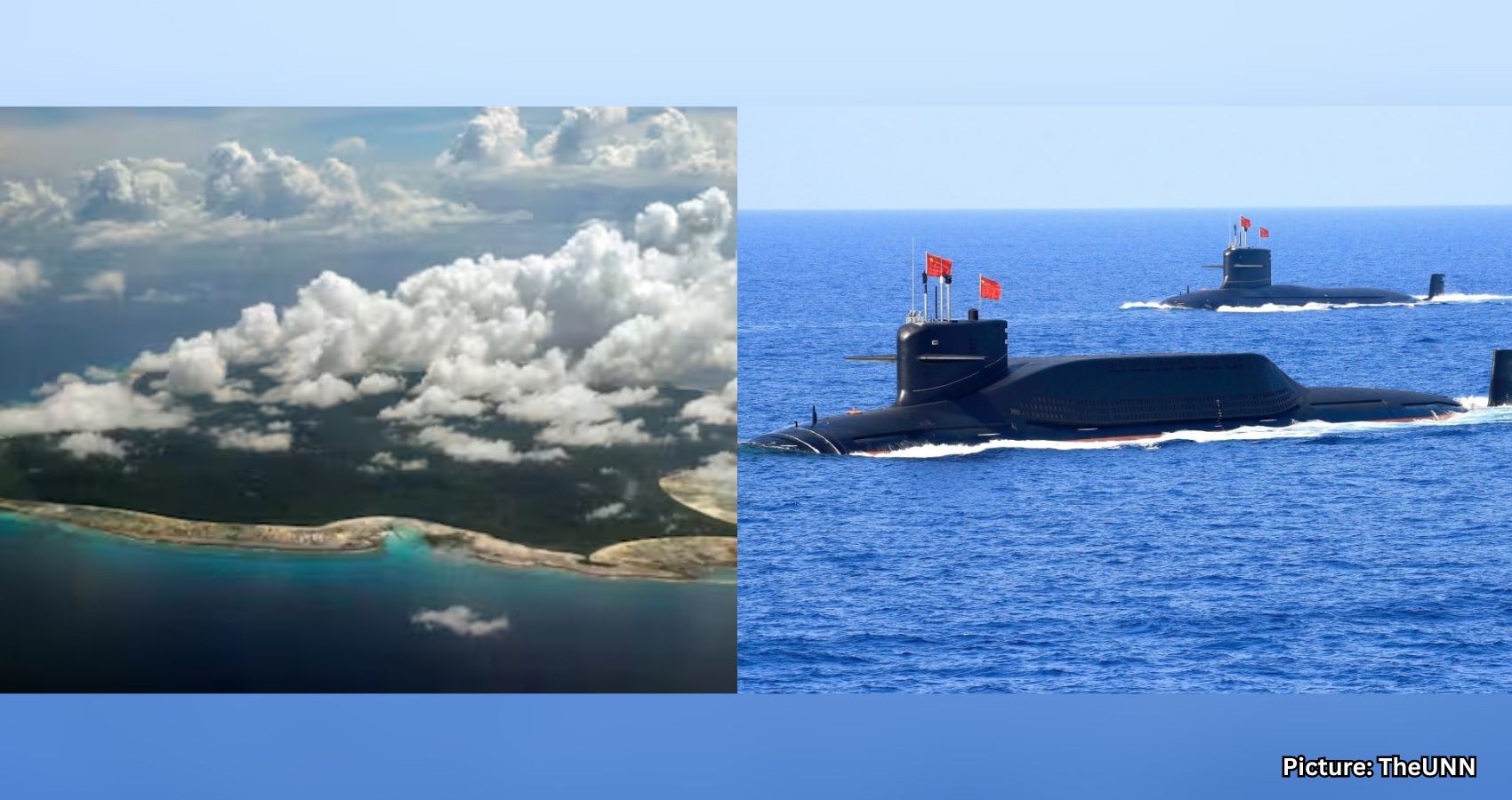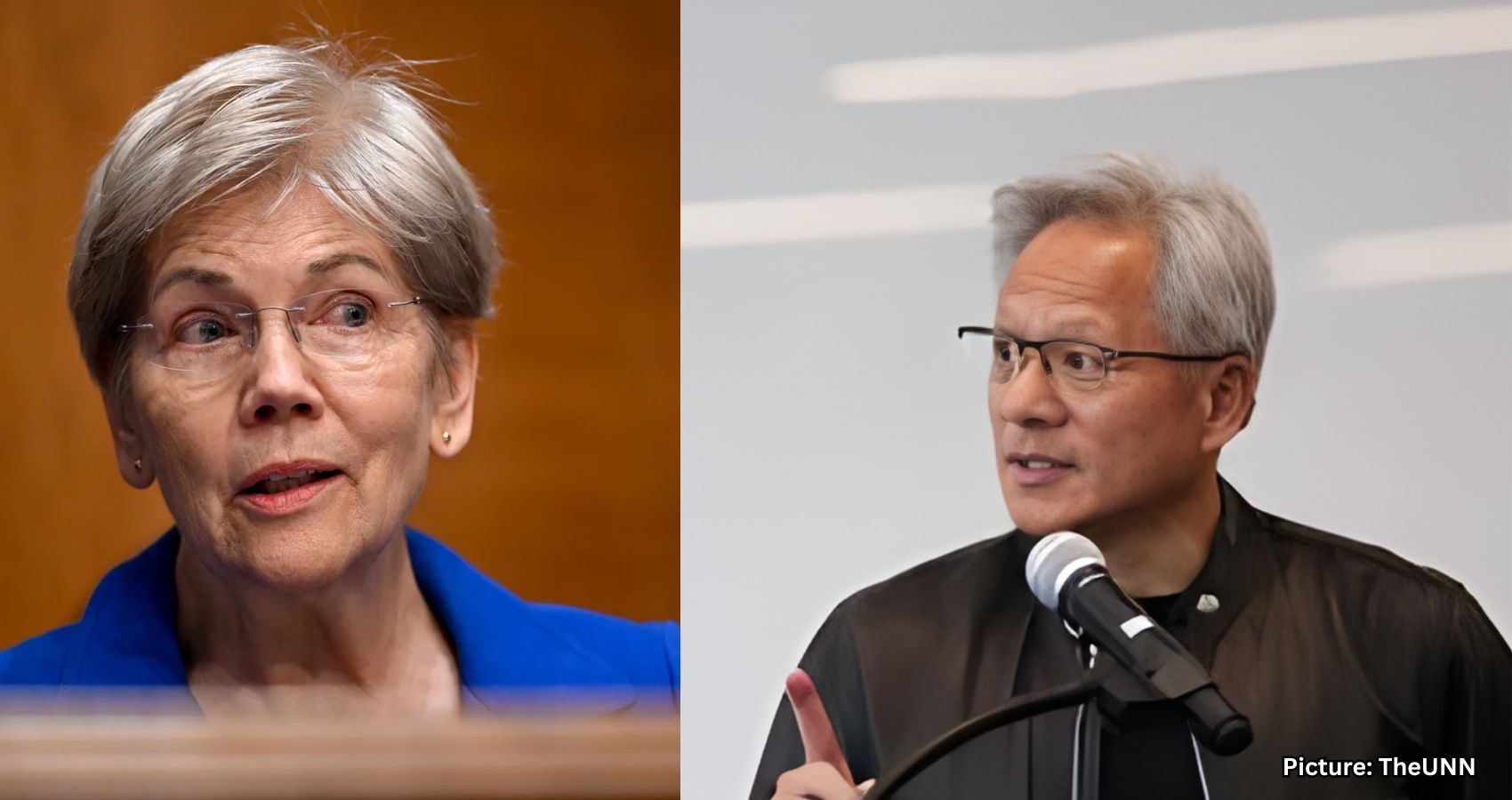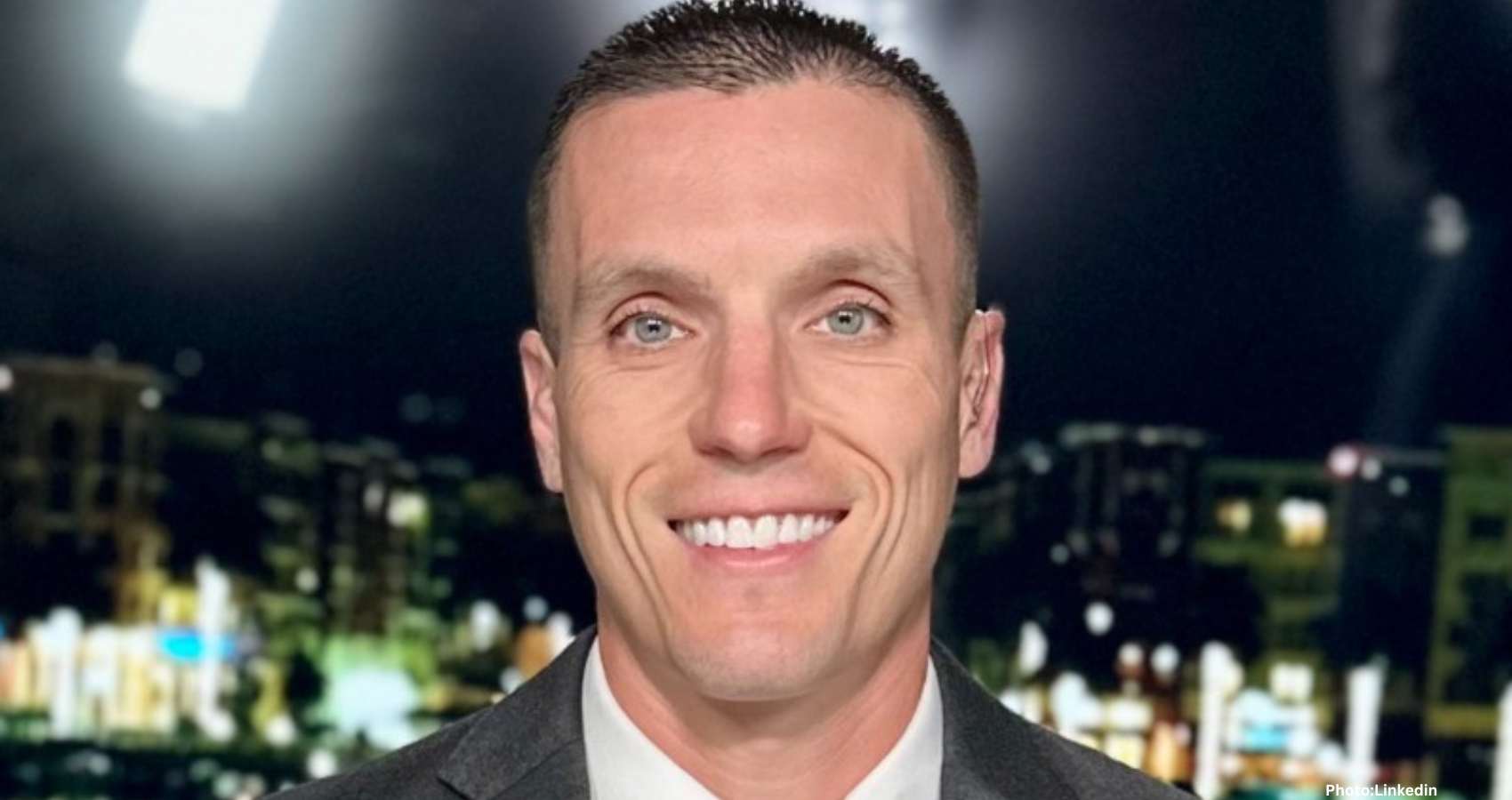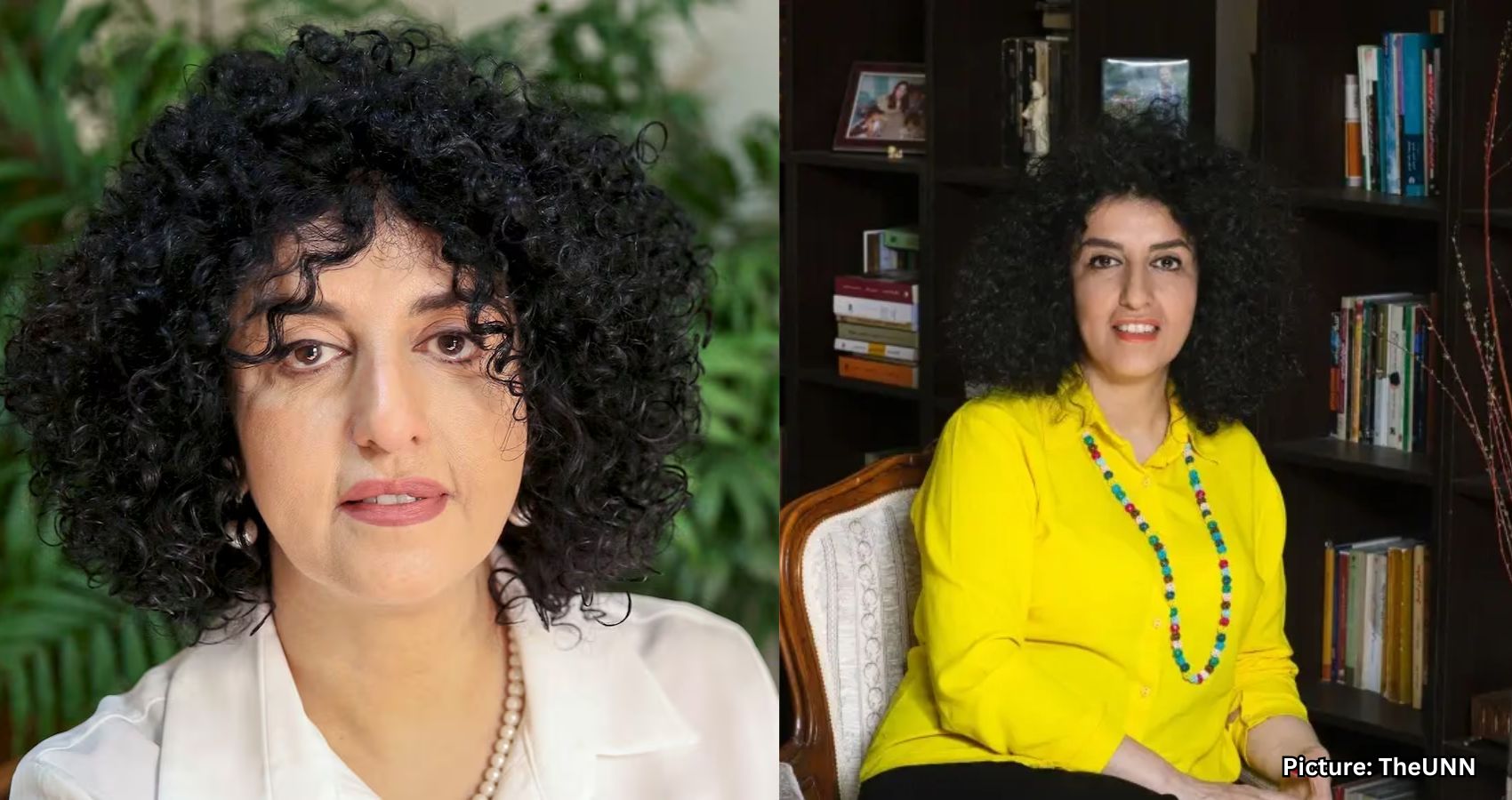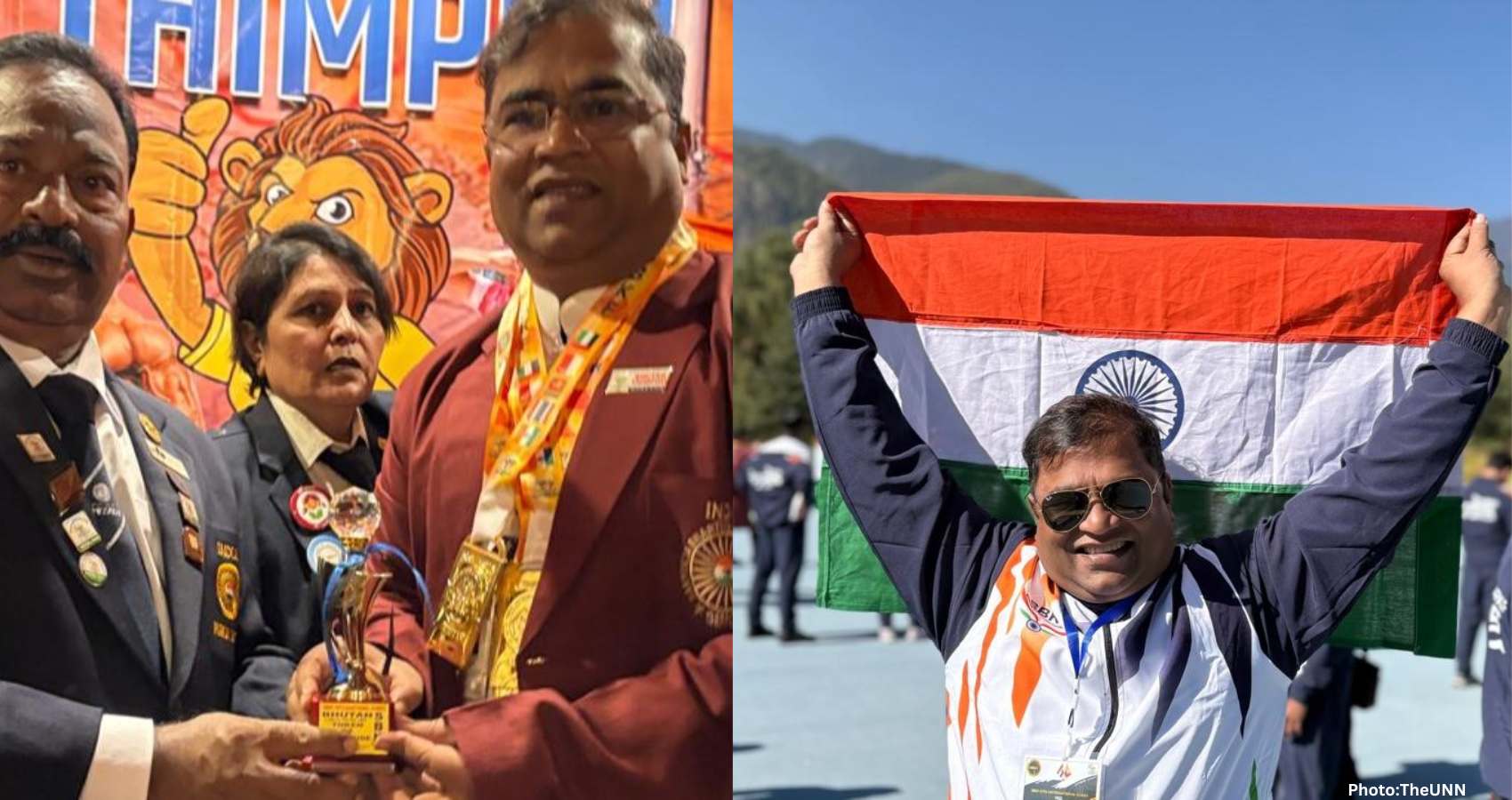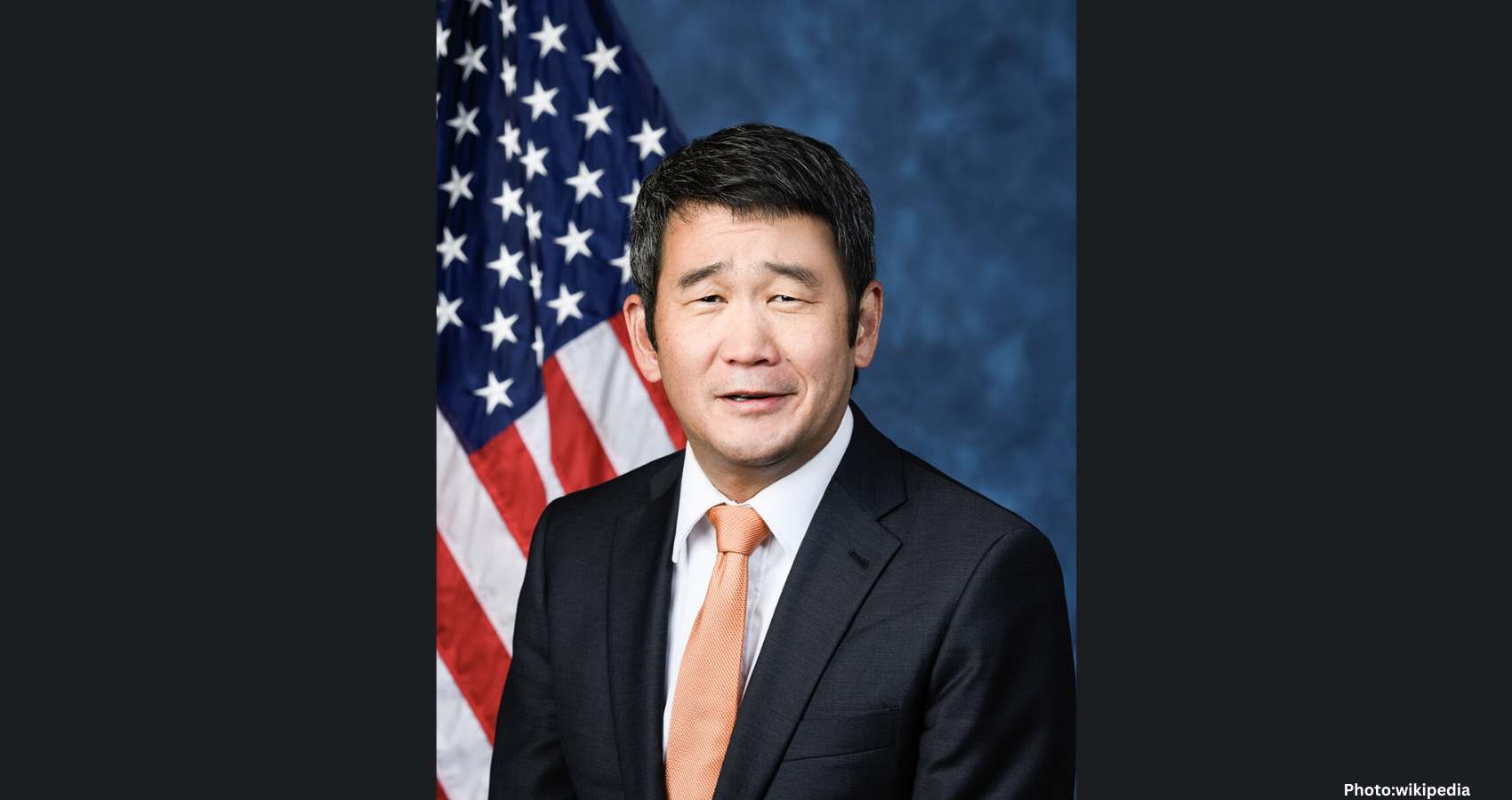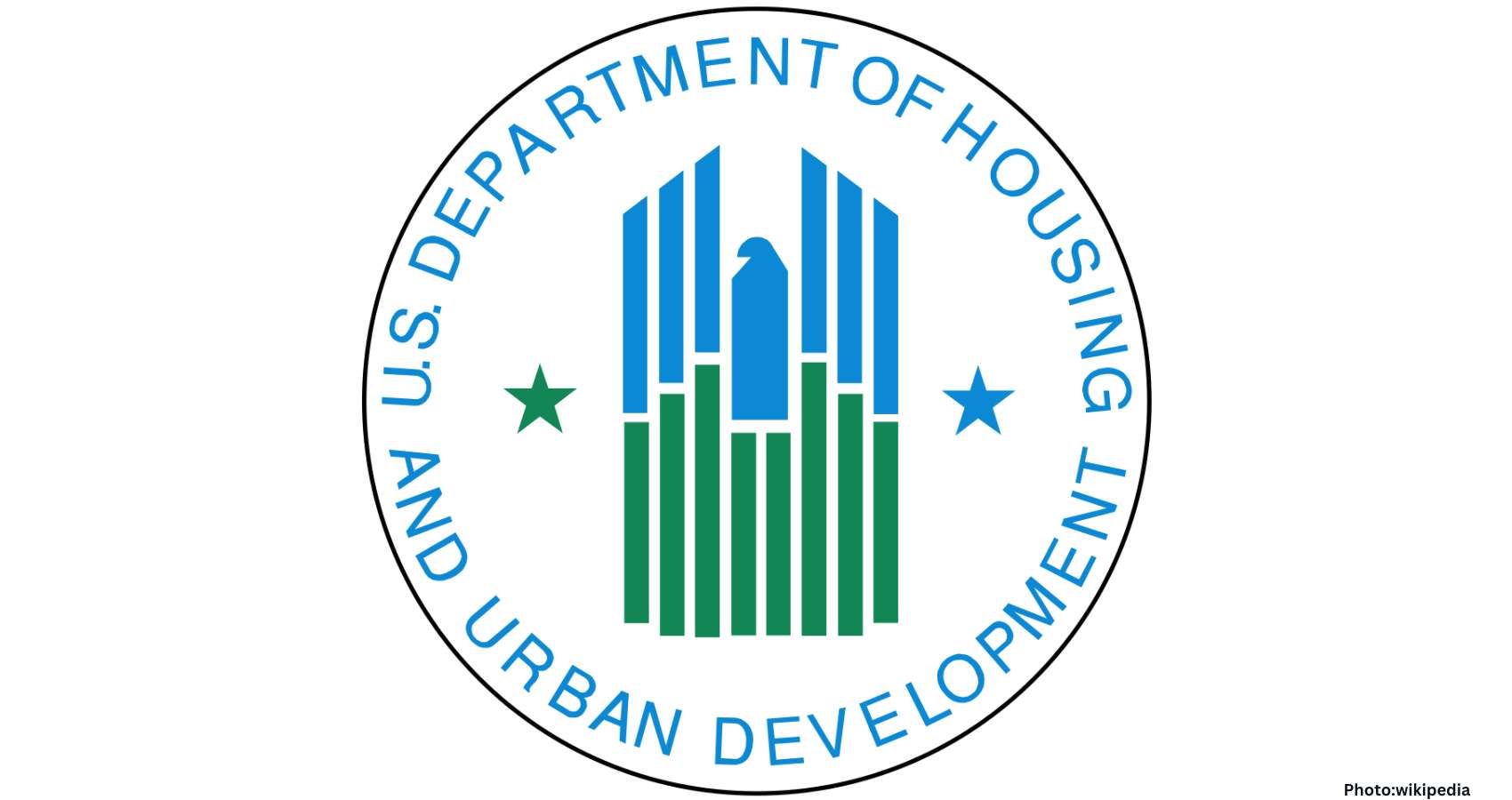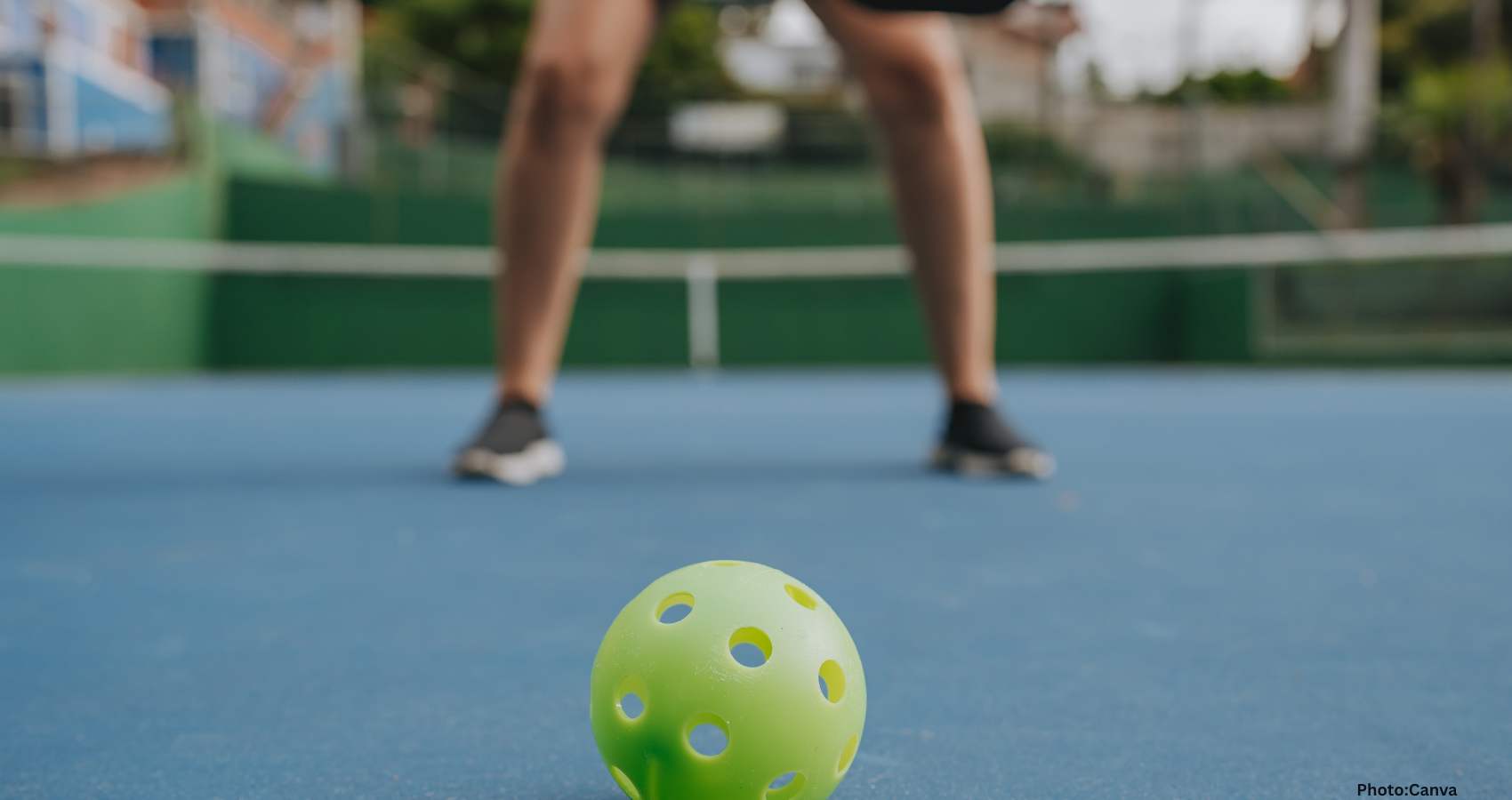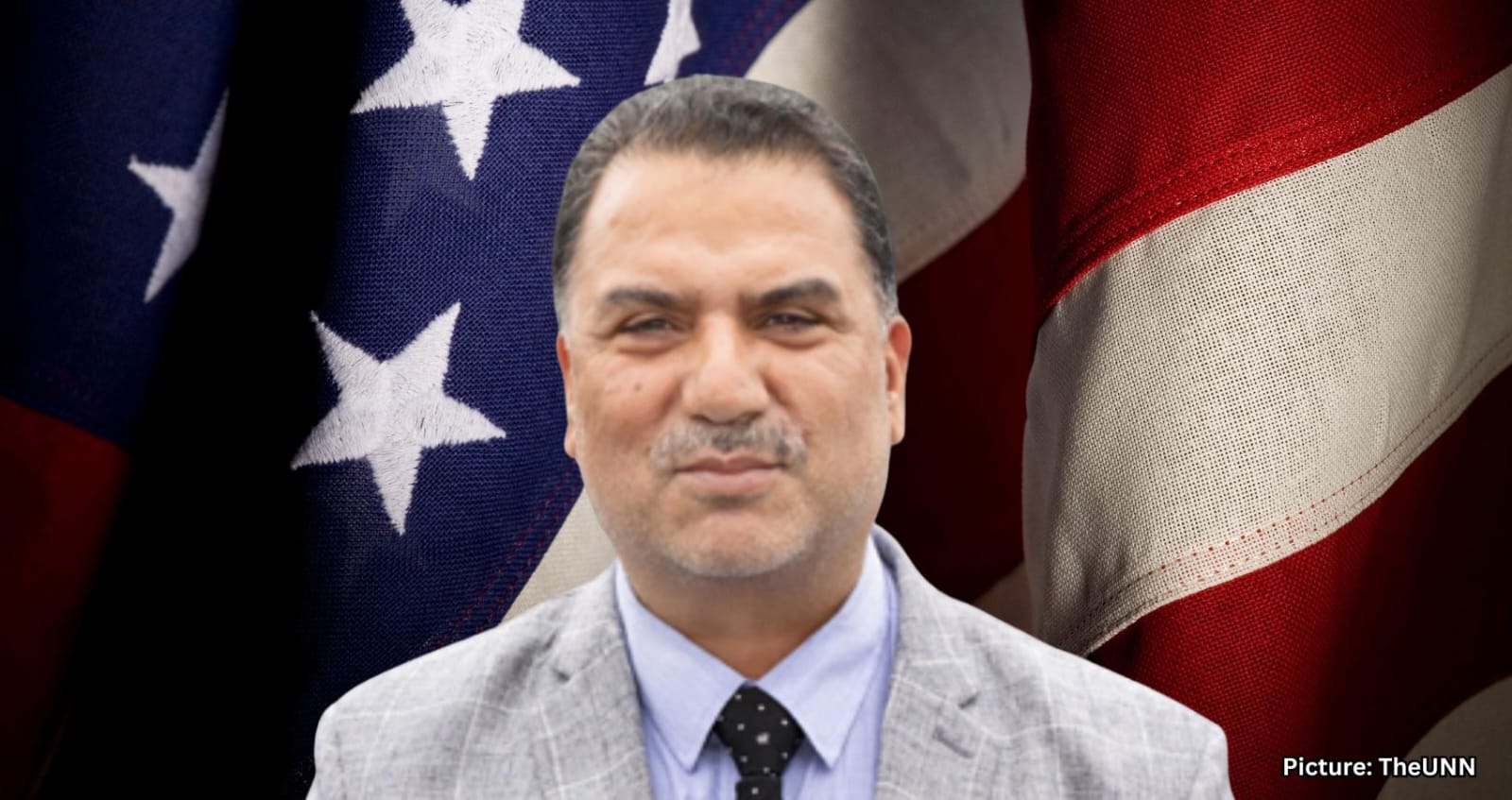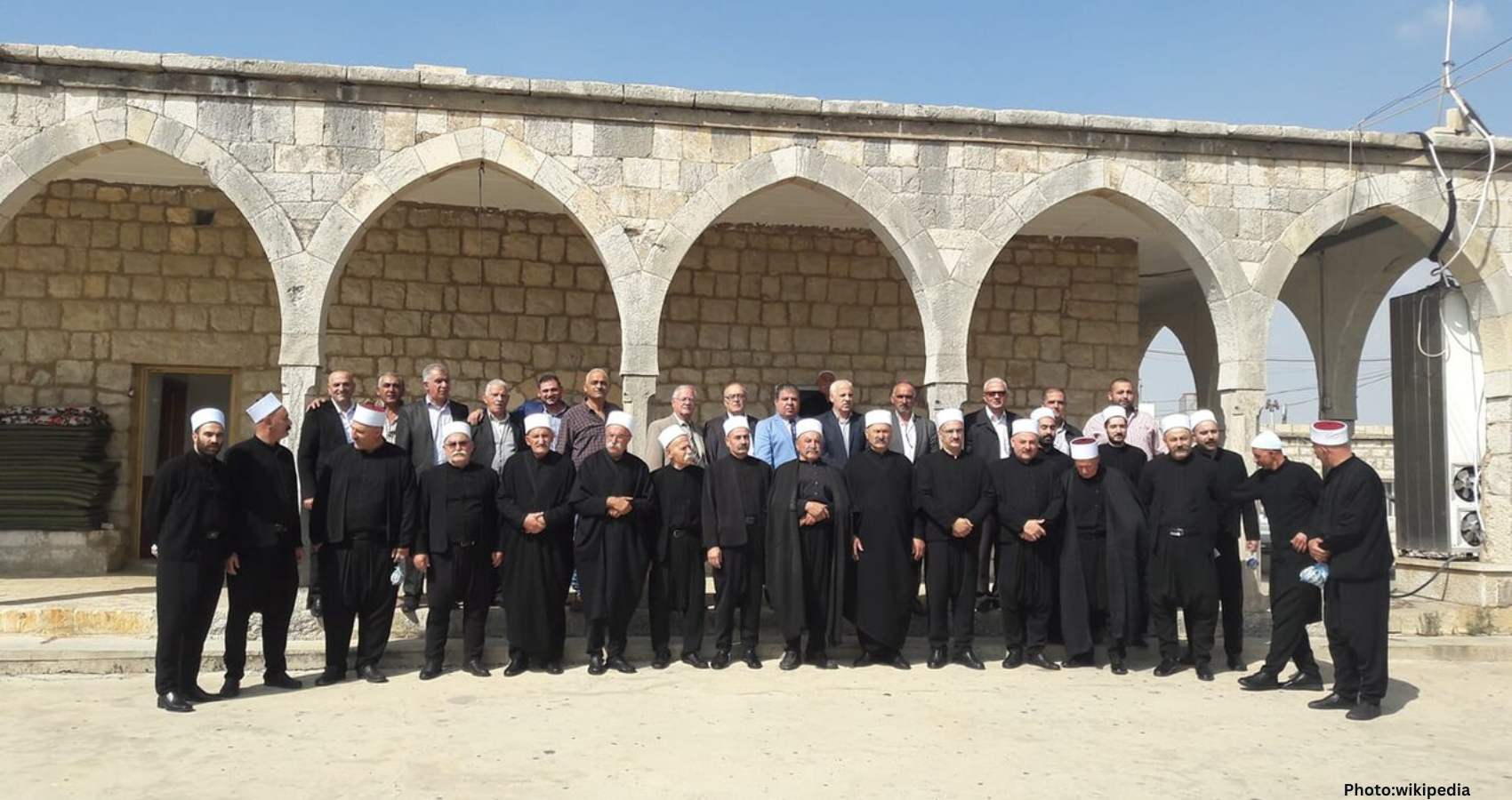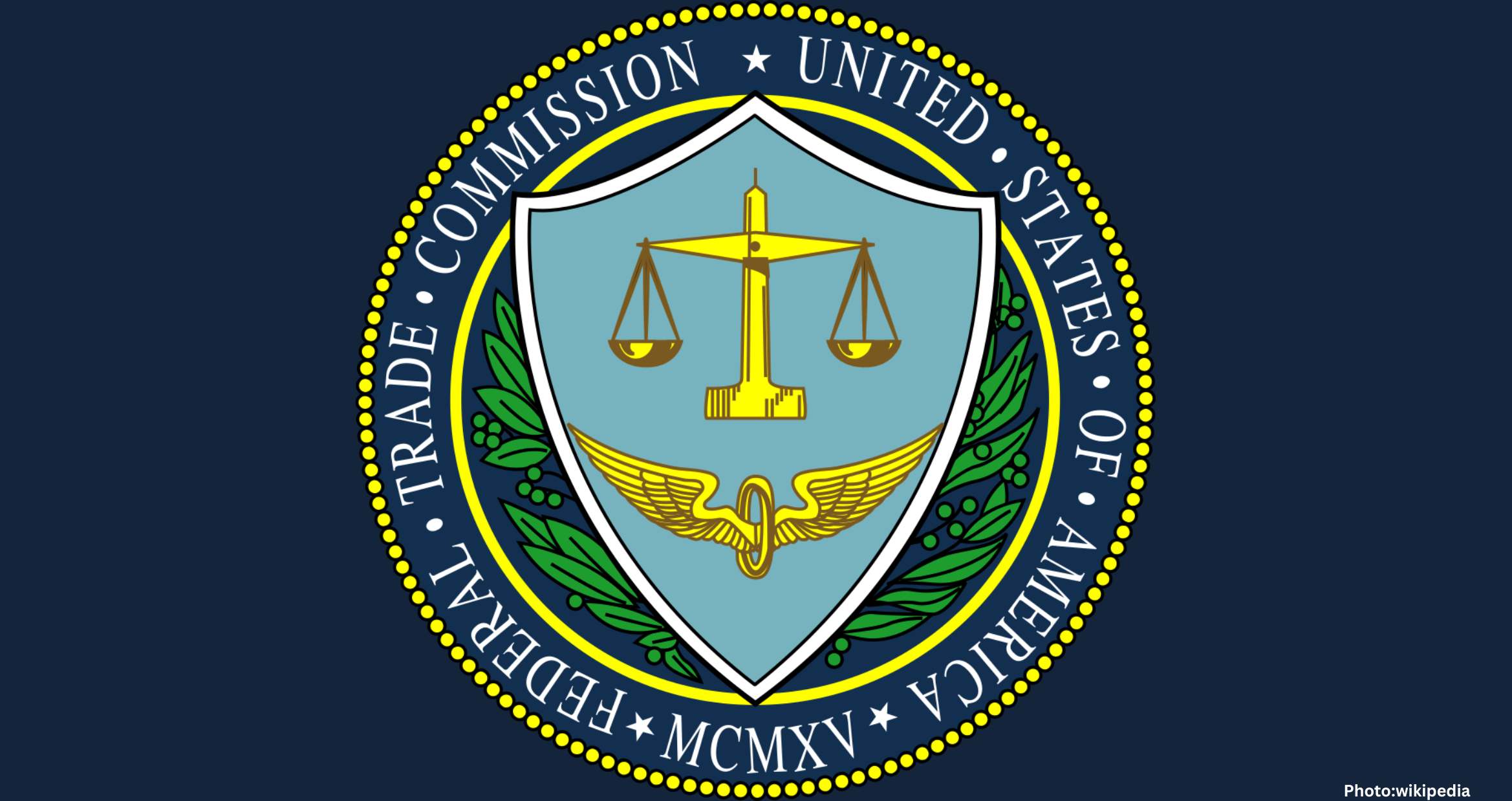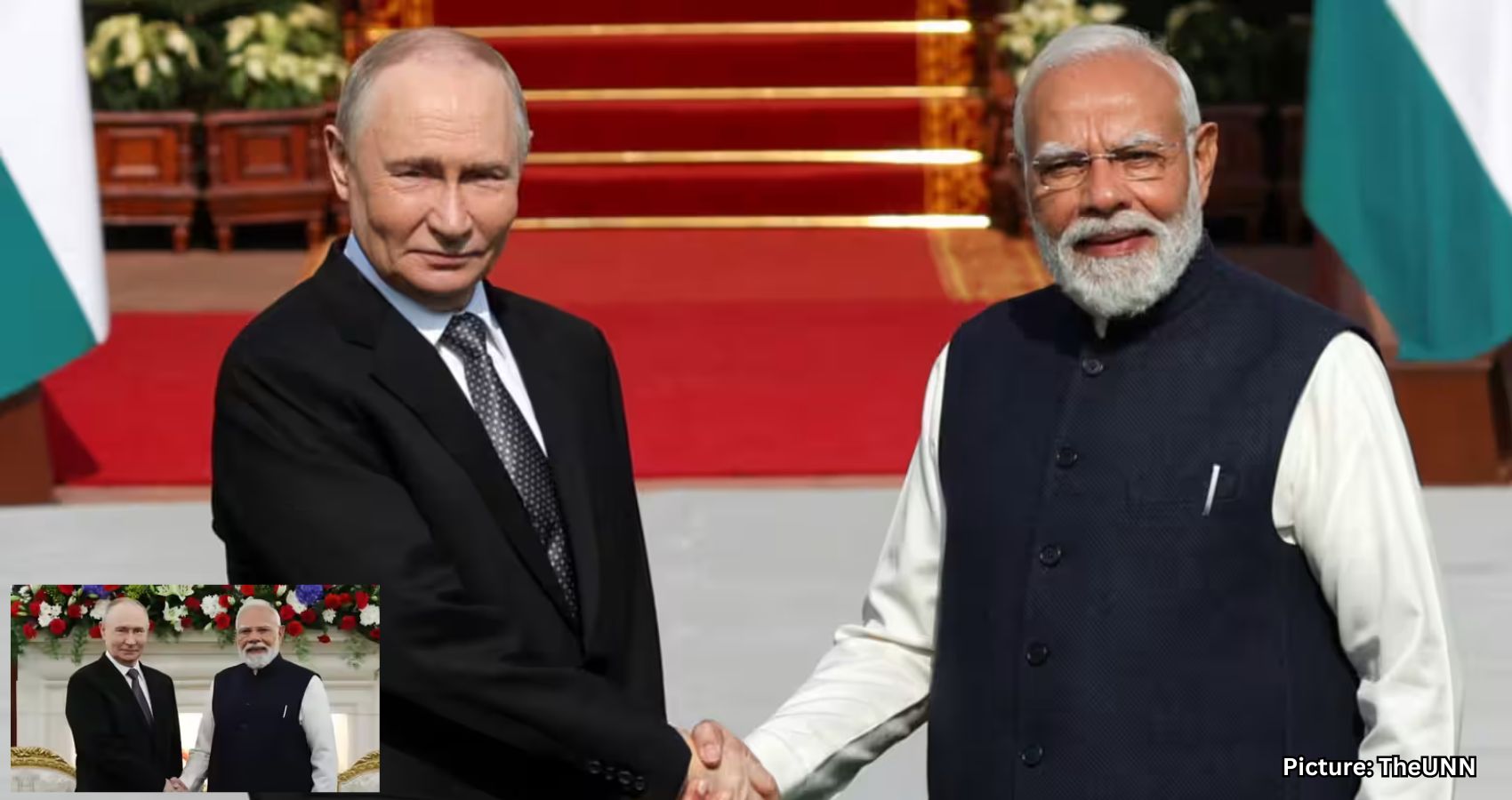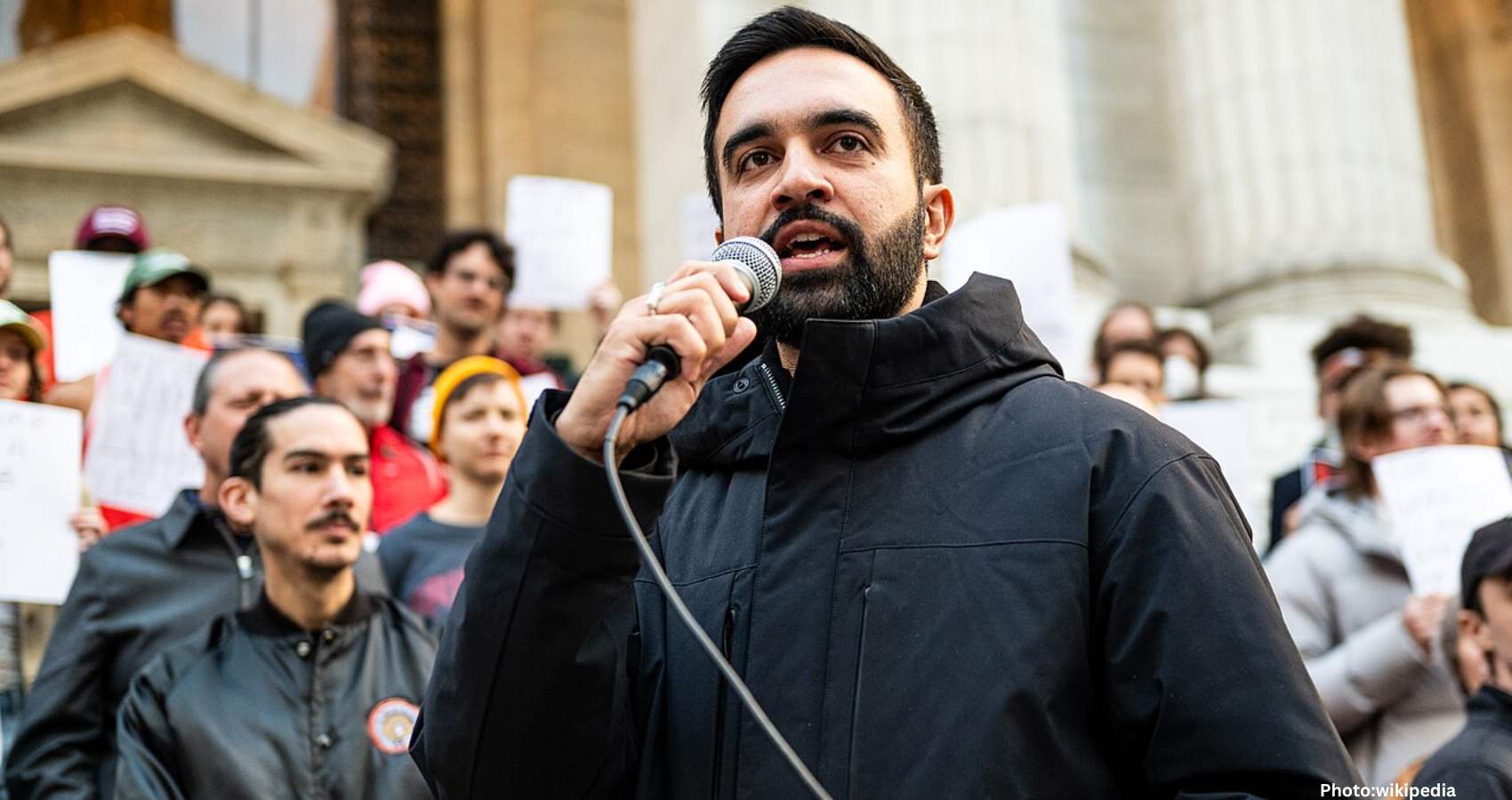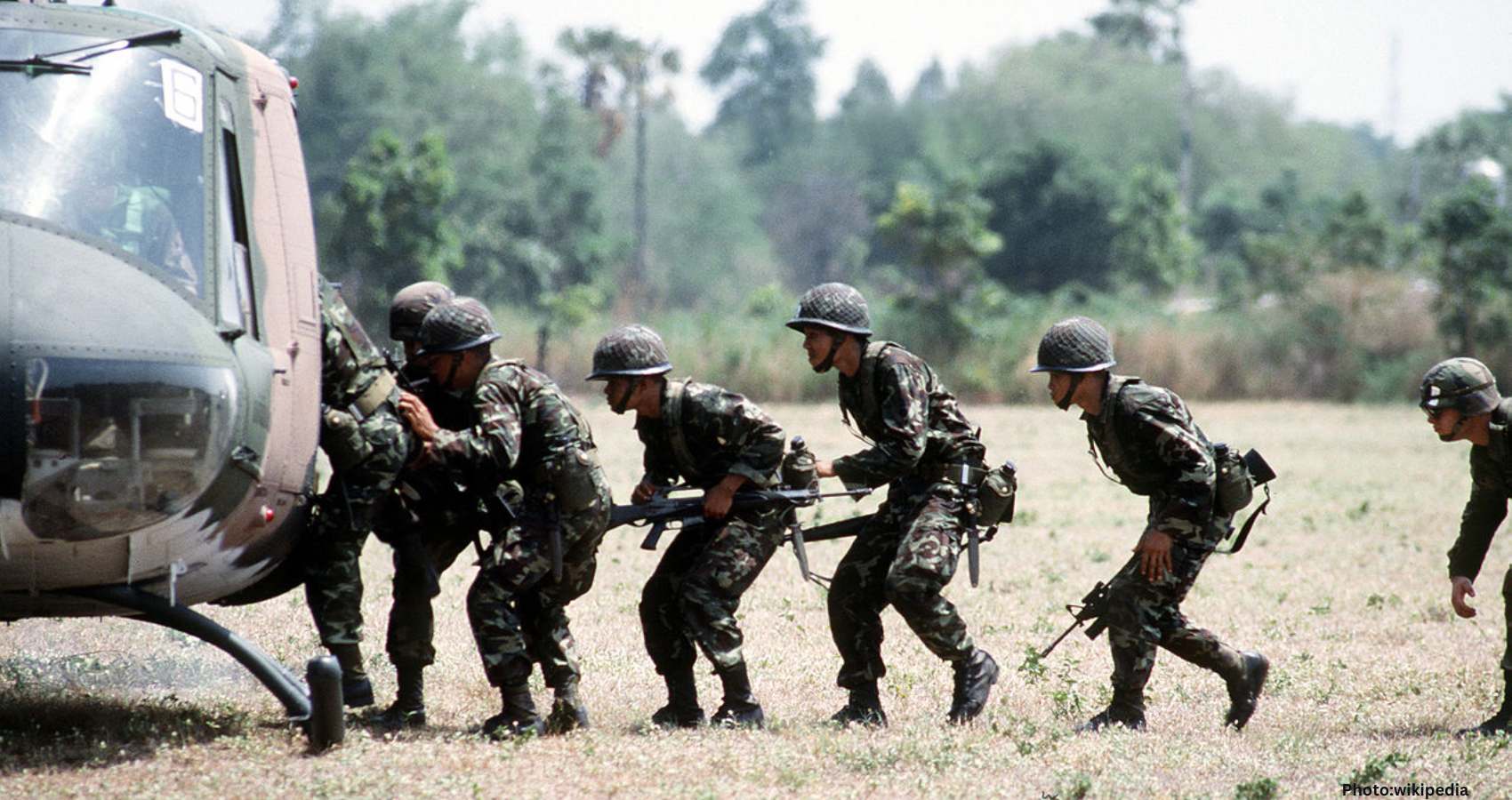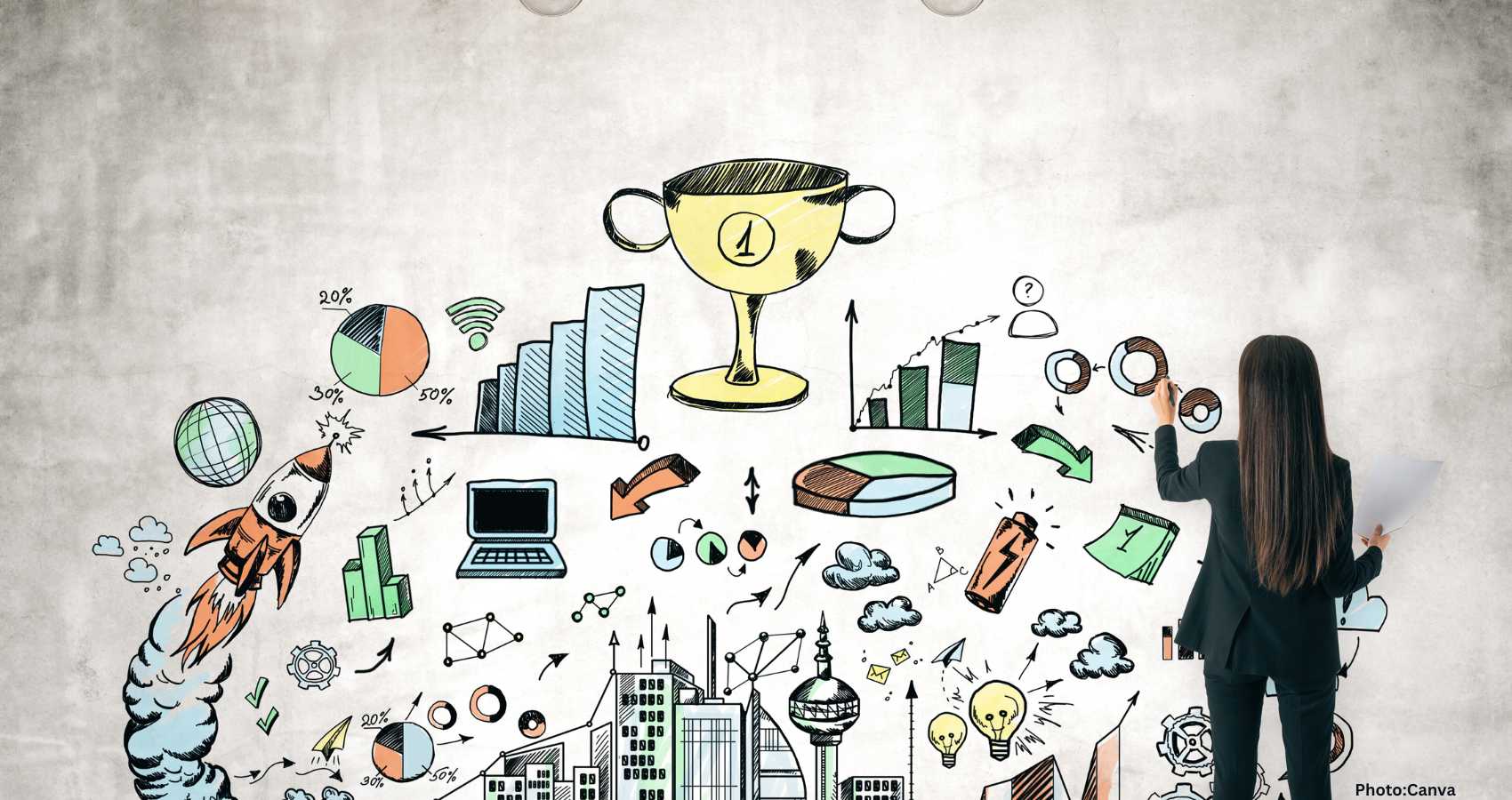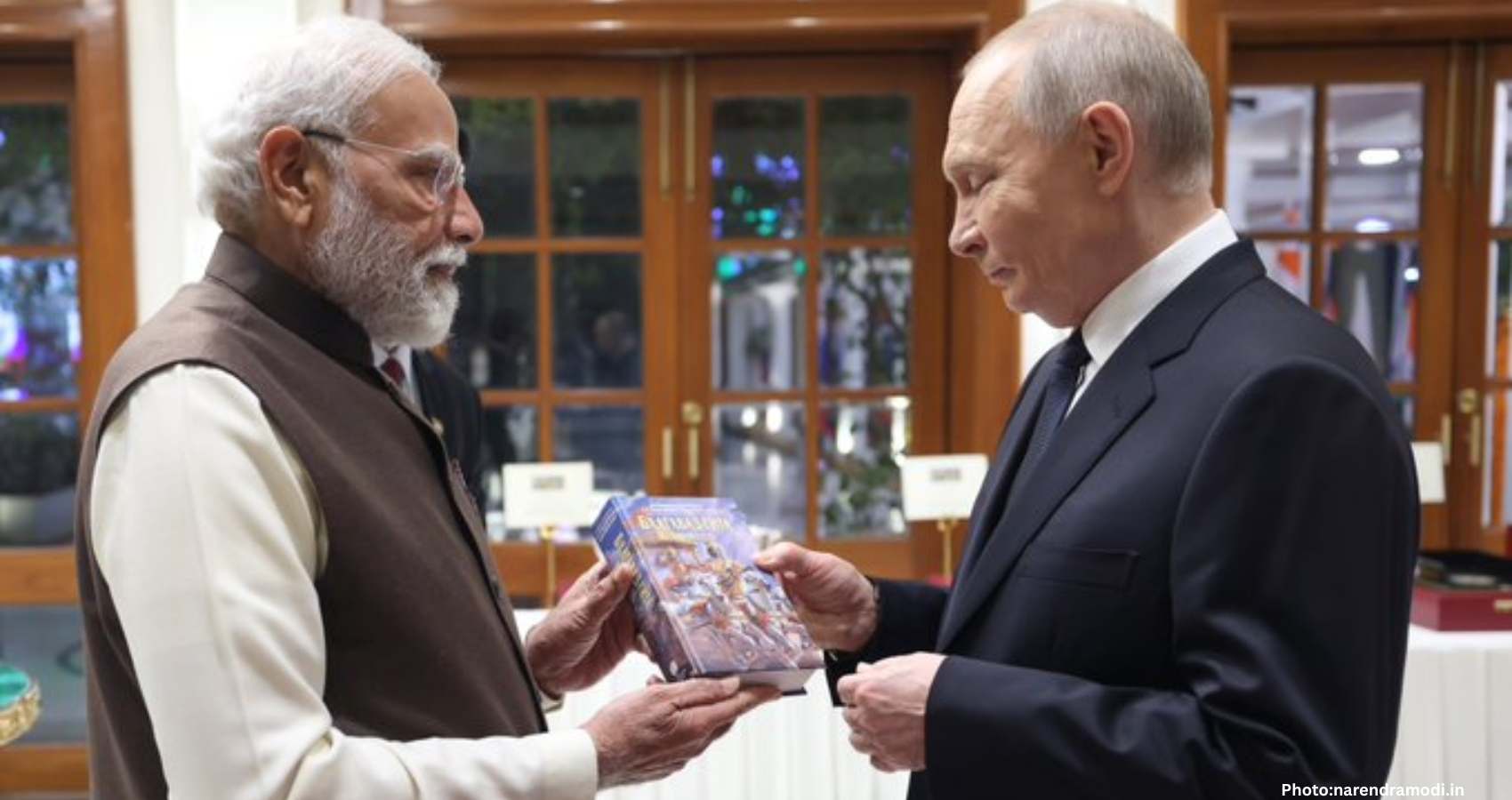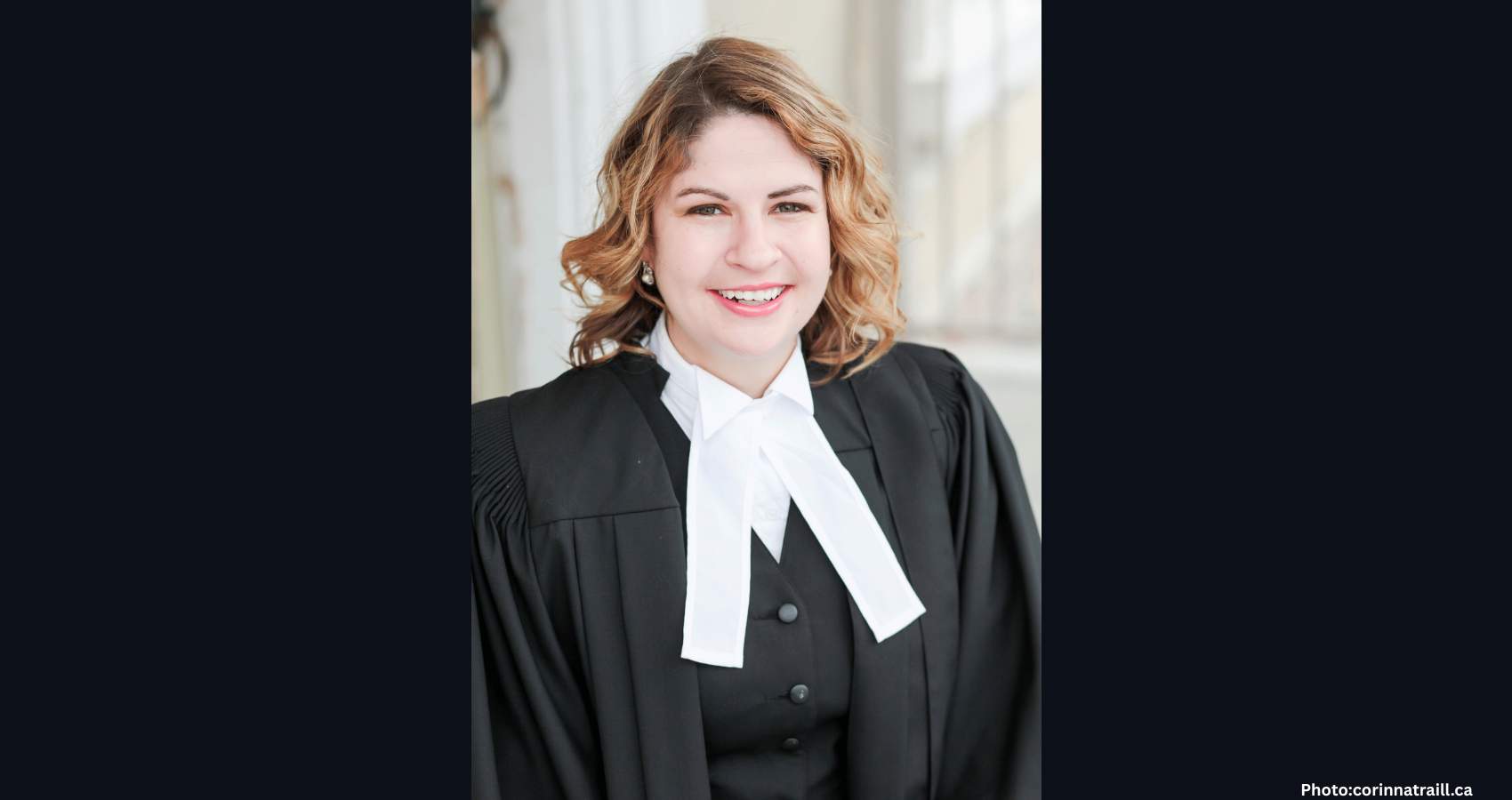California Congressman Ro Khanna defends a proposed billionaire tax, arguing it will promote shared prosperity and innovation, despite warnings from tech elites like Peter Thiel about leaving the state.
California Congressman Ro Khanna has firmly countered concerns from tech elites regarding a proposed billionaire wealth tax, asserting that such a measure would enhance democracy, fund healthcare, and foster innovation. His remarks come in response to comments made by billionaire Peter Thiel, who indicated he might leave California if the state implements a temporary wealth tax aimed at supporting healthcare amid significant Medicaid cuts.
Khanna, representing California’s 17th Congressional District—which encompasses much of Silicon Valley—took to social media platform X to express his views. He quoted President Franklin D. Roosevelt, who famously dismissed threats from wealthy industrialists during the New Deal era, stating, “I will miss them very much.”
“Peter Thiel is leaving California if we pass a 1% tax on billionaires for five years to pay for healthcare for the working class facing steep Medicaid cuts,” Khanna wrote. “I echo what FDR said with sarcasm of economic royalists when they threatened to leave.”
The proposed 2026 Billionaire Tax Act was filed with the California Attorney General’s office in October 2025 and has since been amended. If it qualifies for the ballot, it is expected to be presented to voters in the November 2026 election, pending the collection of approximately 870,000 to 900,000 signatures from registered voters.
Khanna emphasized the immense wealth and innovation already present in his district, which he described as having a collective value of $18 trillion—nearly one-third of the U.S. stock market—within a 50-mile radius. He noted that the district is home to five companies with market capitalizations exceeding $1 trillion.
In another post, Khanna addressed concerns that a billionaire tax would hinder the emergence of future tech giants. He pointed to NVIDIA founder Jensen Huang as an example of how innovation thrives in Silicon Valley, regardless of tax policies. “Those saying that we wouldn’t have a future NVIDIA in the Bay if this tax goes into effect are glossing over Silicon Valley history,” he stated. “Jensen was at LSI Logic and his co-founders at Sun. He started NVIDIA in my district because of the semiconductor talent, Stanford, innovation networks, and venture funding.”
Khanna argued that the region’s innovation is driven by talent density, research institutions, and capital networks rather than the allure of low taxes on extreme wealth. “He built here because the talent is here,” Khanna added. “Jensen wasn’t thinking I won’t start this company because I may have to one day pay a 1 percent tax on my billions.”
Highlighting the importance of public investment in the technologies that generate significant private wealth, Khanna pointed out that many foundational breakthroughs in artificial intelligence emerged from publicly funded research. He cited the creation of ImageNet by Fei-Fei Li at Stanford, which was supported by National Science Foundation funding, as a prime example.
Khanna credited institutions such as the National Science Foundation, DARPA, Stanford University, UC Berkeley, San Jose State University, and the broader University of California system as integral to Silicon Valley’s success. He argued that this public infrastructure has been crucial for maintaining the U.S.’s position as a global leader in innovation, even noting that the UC system won five Nobel Prizes in a single year.
While acknowledging the vital role of entrepreneurs in commercializing innovation, Khanna rejected the notion that modest taxes on extreme wealth would deter ambition. “Yes, we need entrepreneurs to commercialize disruptive innovation,” he wrote. “But the idea that they would not start companies to make billions, or take advantage of an innovation cluster, if there is a 1–2 percent tax on their staggering wealth defies common sense and economic theory.”
Khanna framed the billionaire tax as a necessary response to a broader national crisis characterized by extreme inequality and a declining belief in the American dream. “We cannot have a nation with extreme concentration of wealth in a few places but where 70 percent of Americans believe the American dream is dead and healthcare, childcare, housing, education is unaffordable,” he cautioned.
Drawing historical parallels, Khanna noted that unchecked inequality has historically destabilized societies, referencing events from the Industrial Revolution in Britain to revolutions in France and Russia. He emphasized that the challenge for the U.S. is to ensure that the advancements brought about by the AI revolution benefit society as a whole, rather than just a select few.
“America’s central challenge is to make sure the AI revolution works for all of us, not just tech billionaires,” he stated. Khanna concluded by asserting that democracy and social cohesion—not tax avoidance—are the true drivers of long-term economic success. “So yes, a billionaire tax is good for American innovation,” he wrote, “which depends on a strong and thriving American democracy.”
Thiel, known for his support of former President Donald Trump, has been a prominent figure in Silicon Valley’s right-wing circles, having spoken at the Republican National Convention in 2016 and contributed significantly to Trump-aligned causes.
These discussions surrounding the billionaire tax reflect a broader debate about wealth distribution and the role of public investment in fostering innovation and economic growth, particularly in a state that is home to some of the world’s most valuable companies.
According to The American Bazaar, Khanna’s stance highlights a growing tension between the tech elite and policymakers advocating for more equitable economic policies.




